Cool Fun Facts About Galaxies! 🌌
Swirling Disks Of Stars, Gas And Rock!
A galaxy is among the biggest structures known to exist in space. They are huge collections (often disks), of stars, gas, planets etc held together by gravity. They often have a supermassive black hole at their centre and may contain over 100 billion stars and solar systems! Scientists believe there are 200 billion galaxies in the Universe! That’s a crazy big number isn’t?!
Interesting Facts About Galaxies!
- A galaxy is a huge collection of black holes, stars, brown dwarfs, planets (and their moons), nebulae, interstellar dust and even an unknown amount of the mysterious dark energy & dark matter!
- All objects in a galaxy are gravitationally bound to one another and are believed (in the case of spiral galaxies) to orbit at least one enormous supermassive black hole at the galaxies centre.
- Until the early 1920’s it was thought that the Milky Way Galaxy was the entire universe before it was revealed it was only one of many galaxies!
- It is now estimated that there are 200 billion galaxies in the universe, which means there are more galaxies than there are grains of sand on all the beaches on Earth!
- All but three galaxies outside of our Milky Way Galaxy (Andromeda and the Large & Small Magnetic Clouds) are too faint to see with the naked eye.
- Galaxies are not randomly distributed throughout the universe but are gravitationally bound into groups, clusters and superclusters.
- Our Milky Way Galaxy is a member of what is known as the ‘Local Group’.
- Galaxies range in size from ‘dwarf’ galaxies with only a few million stars to 'giants' with as many as 100 trillion stars!
- The stars you see in the night sky are all located within our nearby region of the Milky Way Galaxy.
- The dark patches in the Milky Way are actually enormous clouds of gas (hydrogen & helium) and dust which obstruct distant starlight. These star-forming nebulae are common in the spiral arms of other galaxies too, not just the Milky Way.
- Earth, our home planet, is just one planet that orbits the Sun which is one of an estimated 200-400 billion stars which exist in the Milky Way Galaxy!
- The closest galaxy to the Milky Way is the Andromeda Galaxy which scientist say we will merge within about 5 billion years time!
- When galaxies collide, the objects within them are often so distant from one another, that there is a very small chance of a collision or close interactions. However, mergers often result in new stars being formed and the galaxy taking on a new shape!
The Different Types Of Galaxies
Astronomers divide galaxies into three main types based on their shape;
- Spiral Galaxy – these have a flat disk shape with a huge central bulge containing old stars and spiral arms which orbit around the galaxies centre. New stars are constantly being created in these spiral arm regions.
- Barred Spiral Galaxy – these are a sub-group of spiral galaxies but have a bar-shaped group of stars in the centre. Our Milky Way is shaped like this.
- Elliptical Galaxy – these appear oval-shaped with no disk and are contain old stars and few young ones.
- Irregular Galaxy – These galaxies have an irregular shape, possibly due to a collision and combining of two or more galaxies.
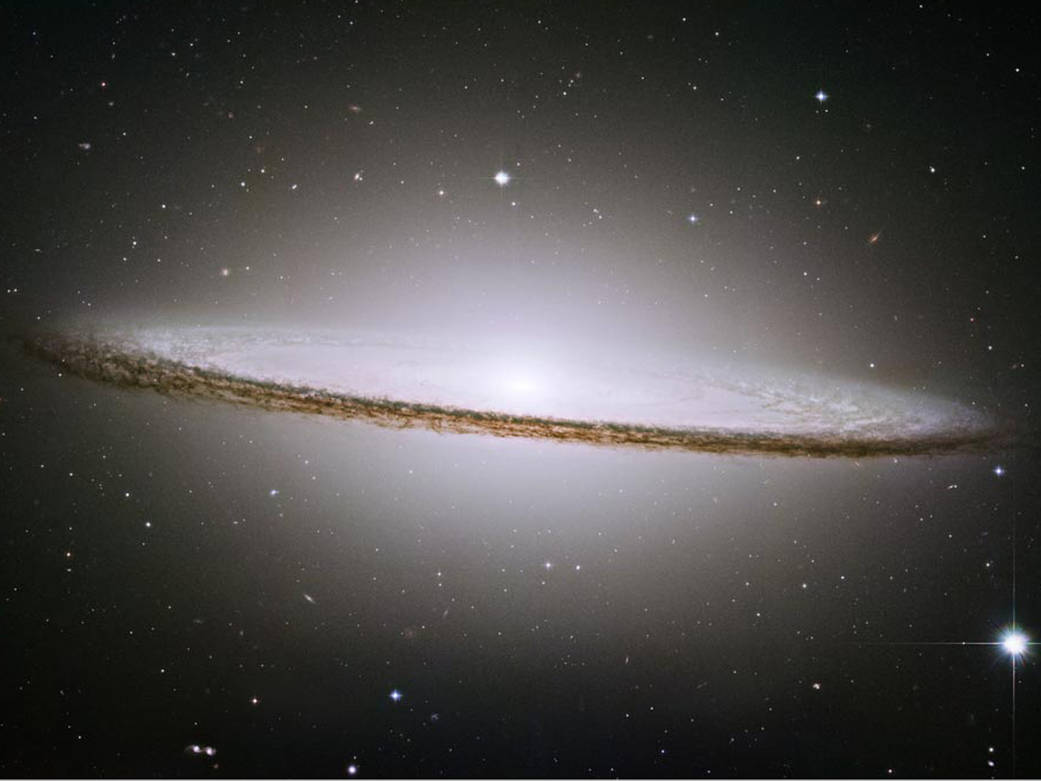
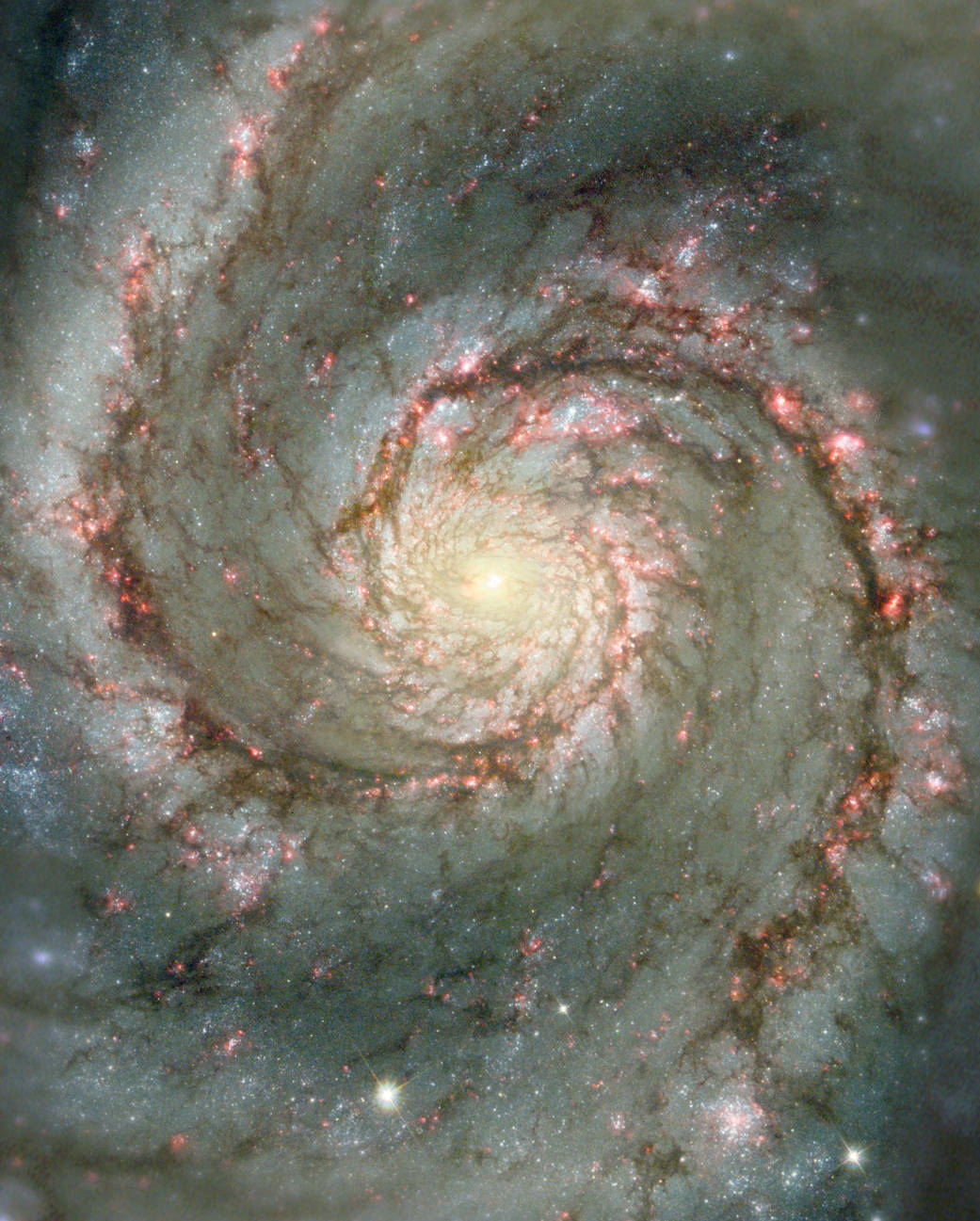
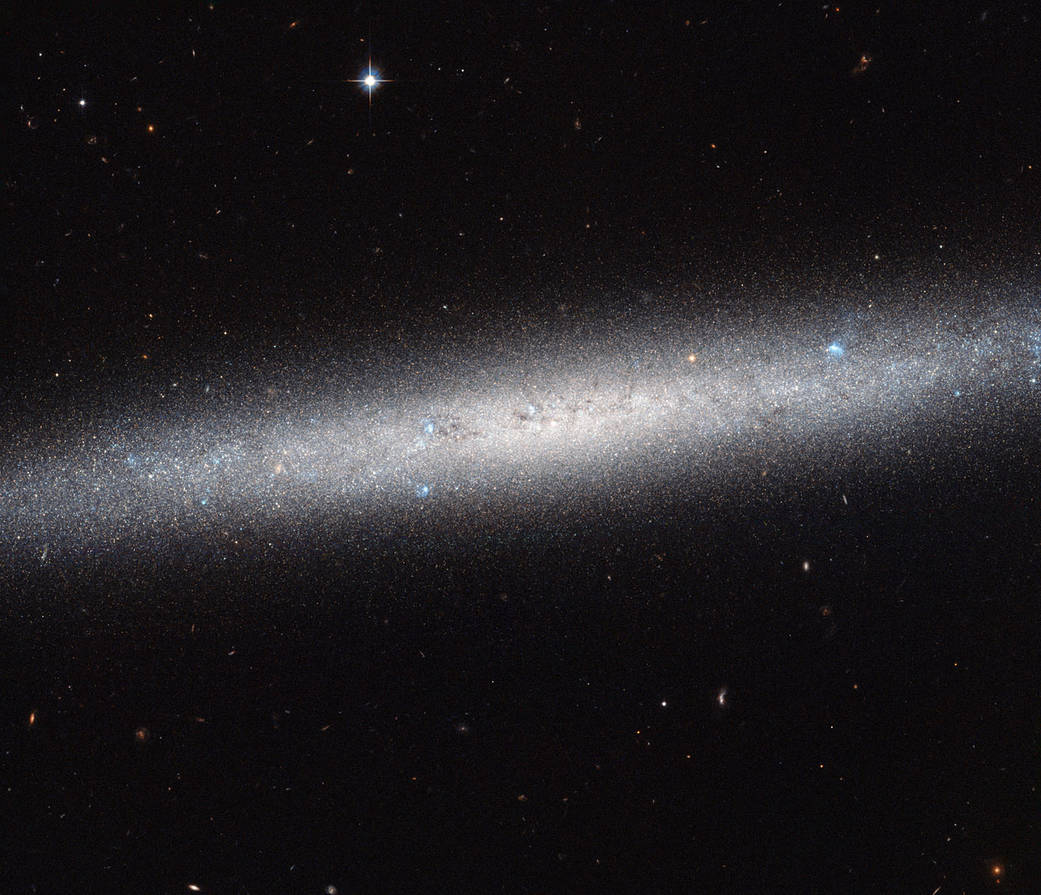
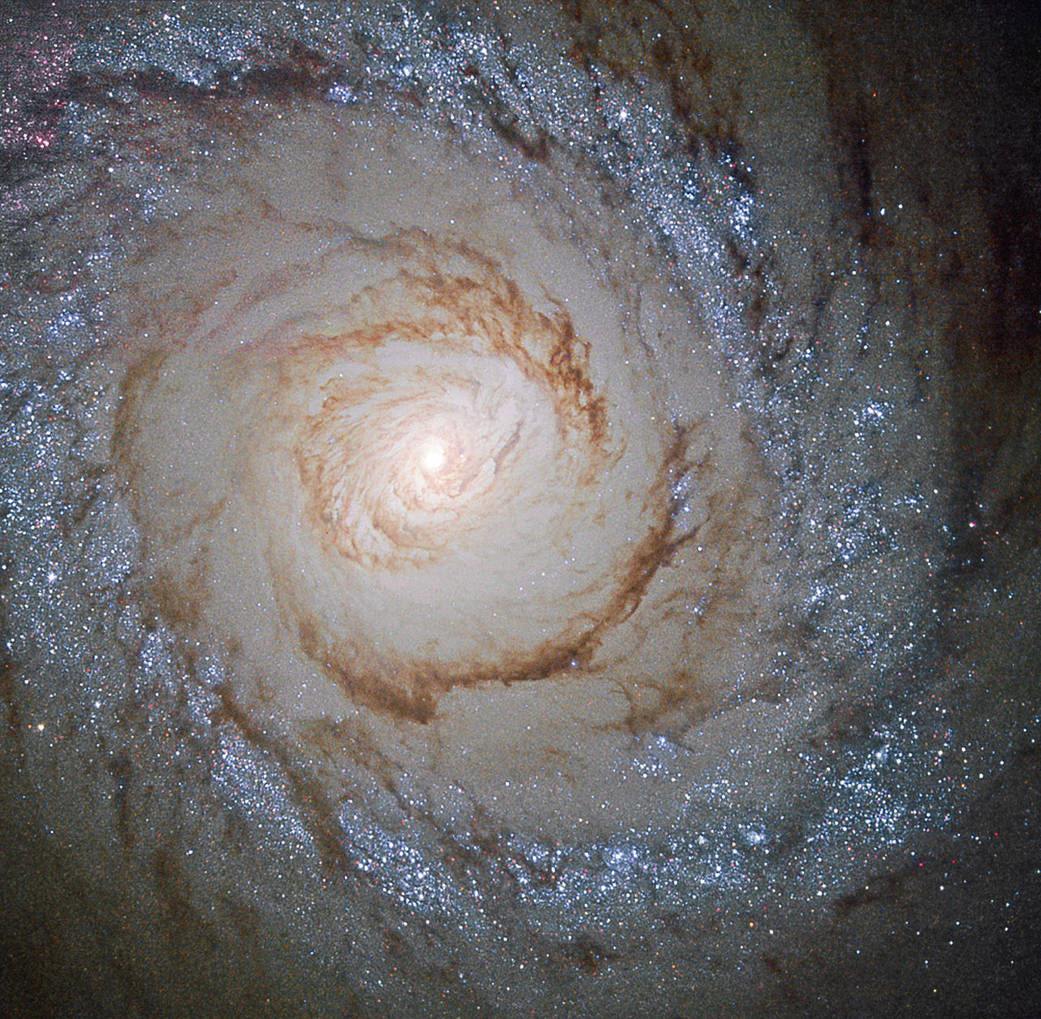
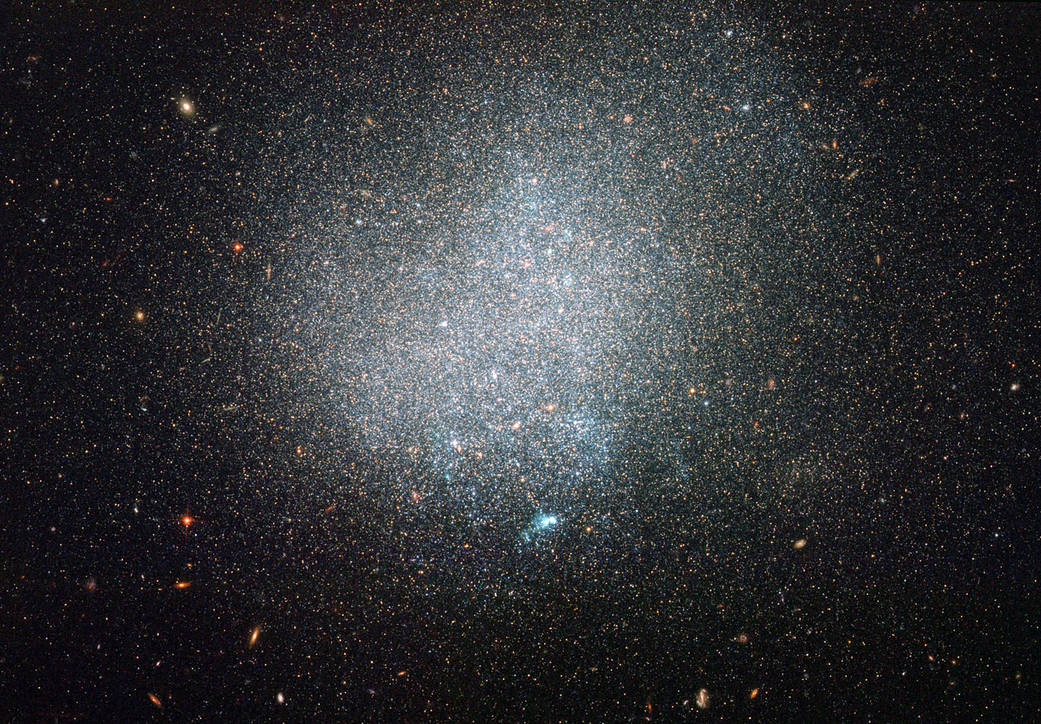
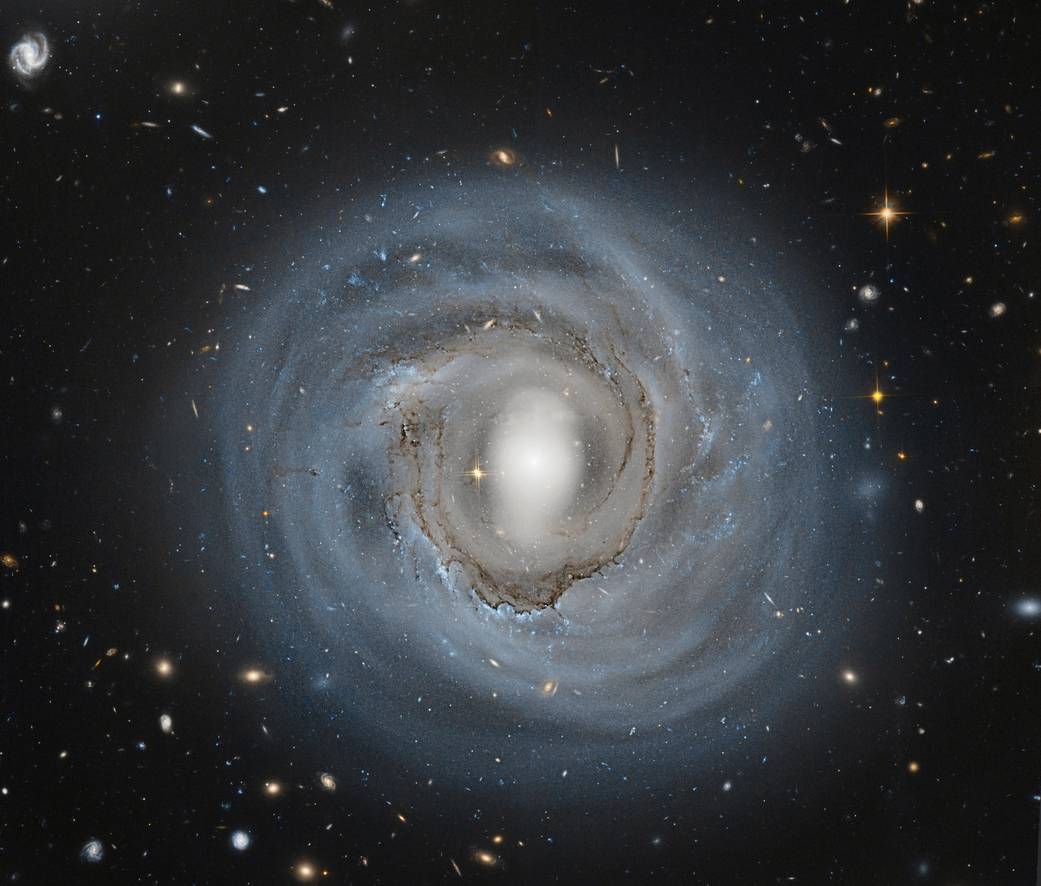
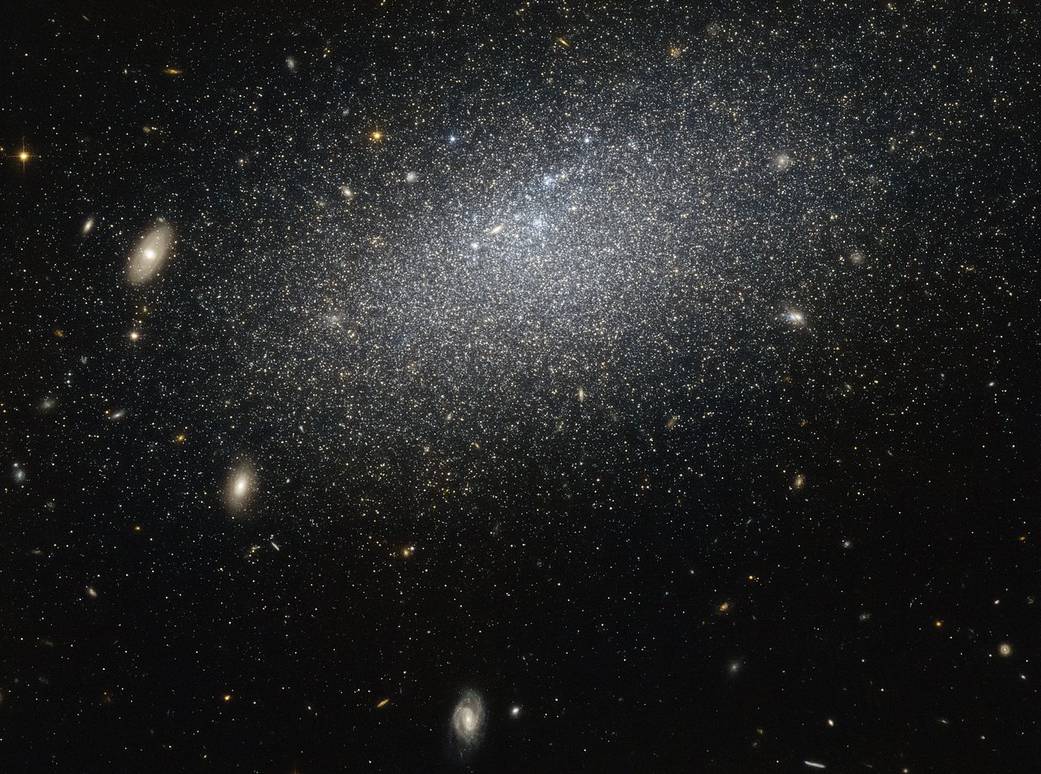
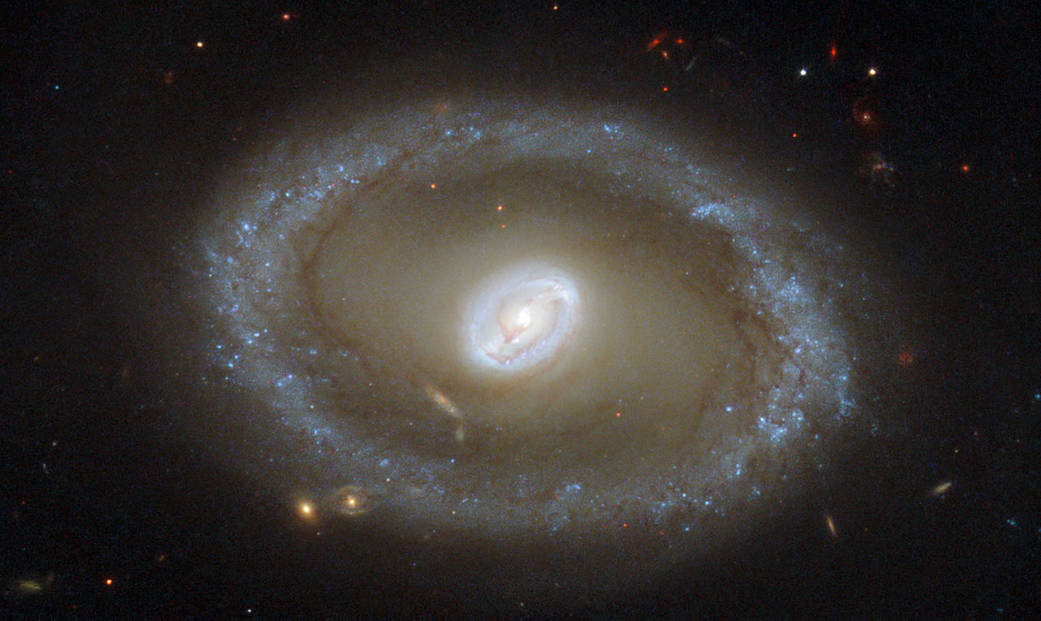
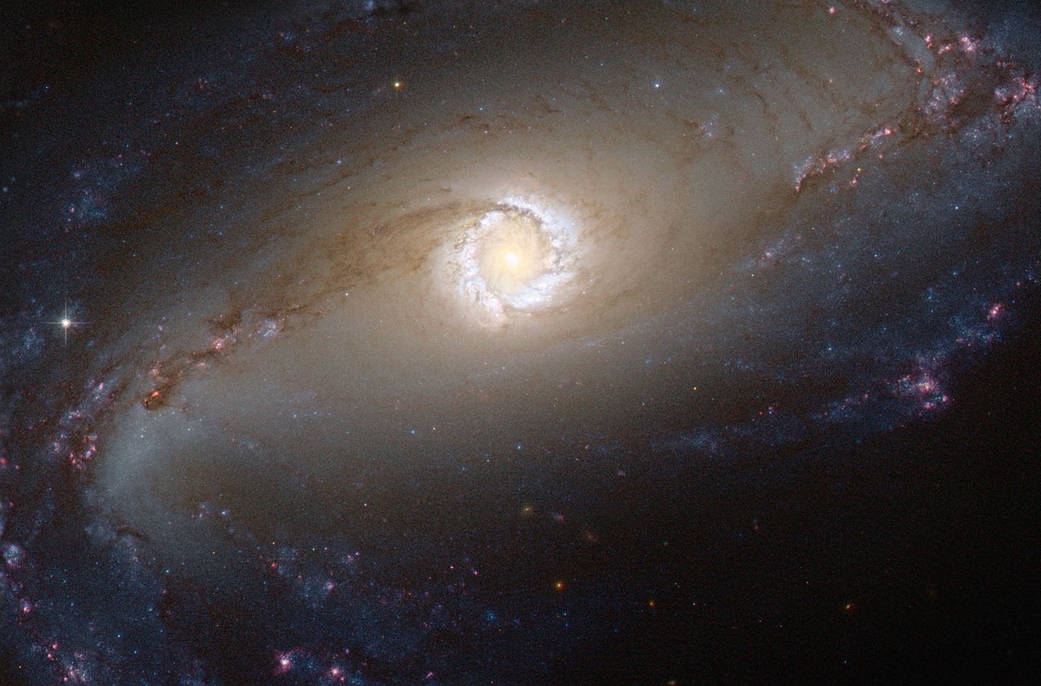
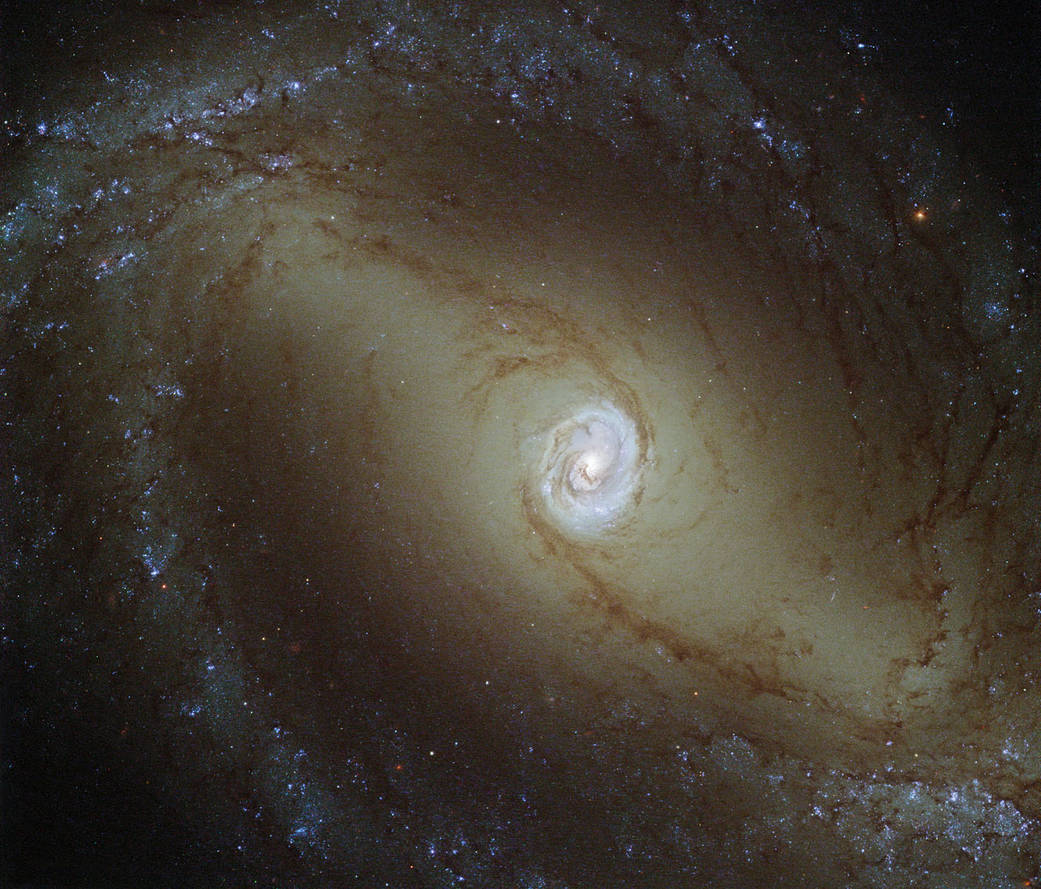
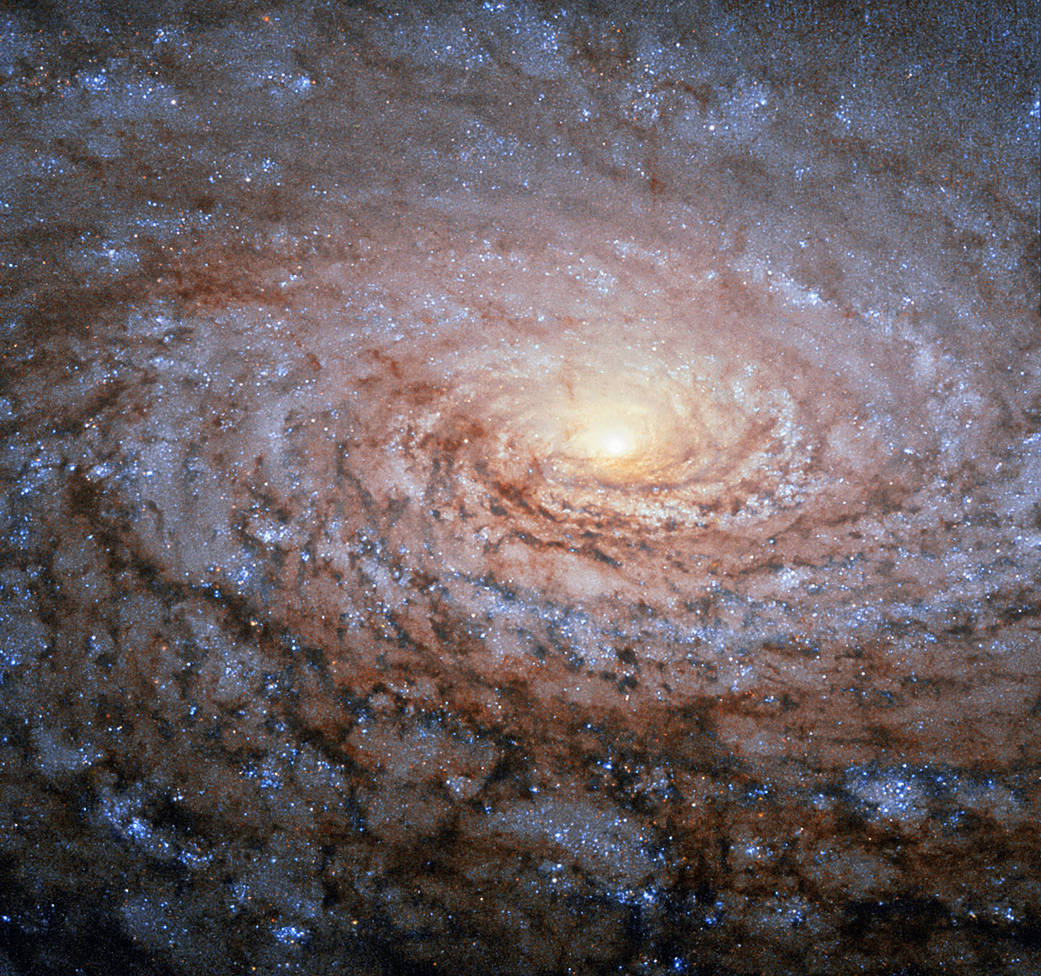
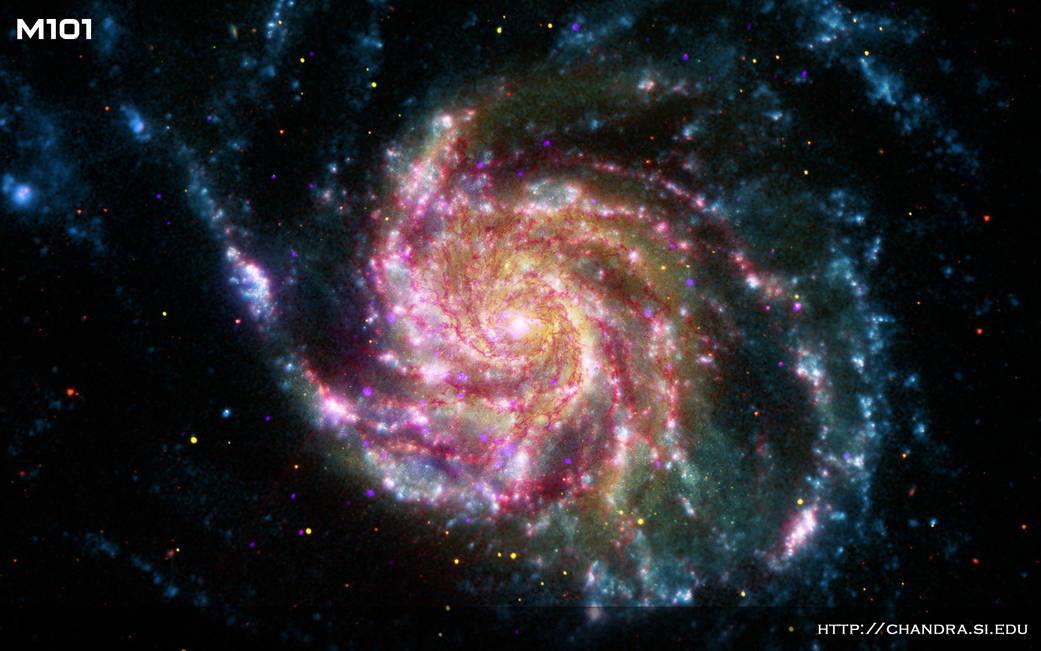
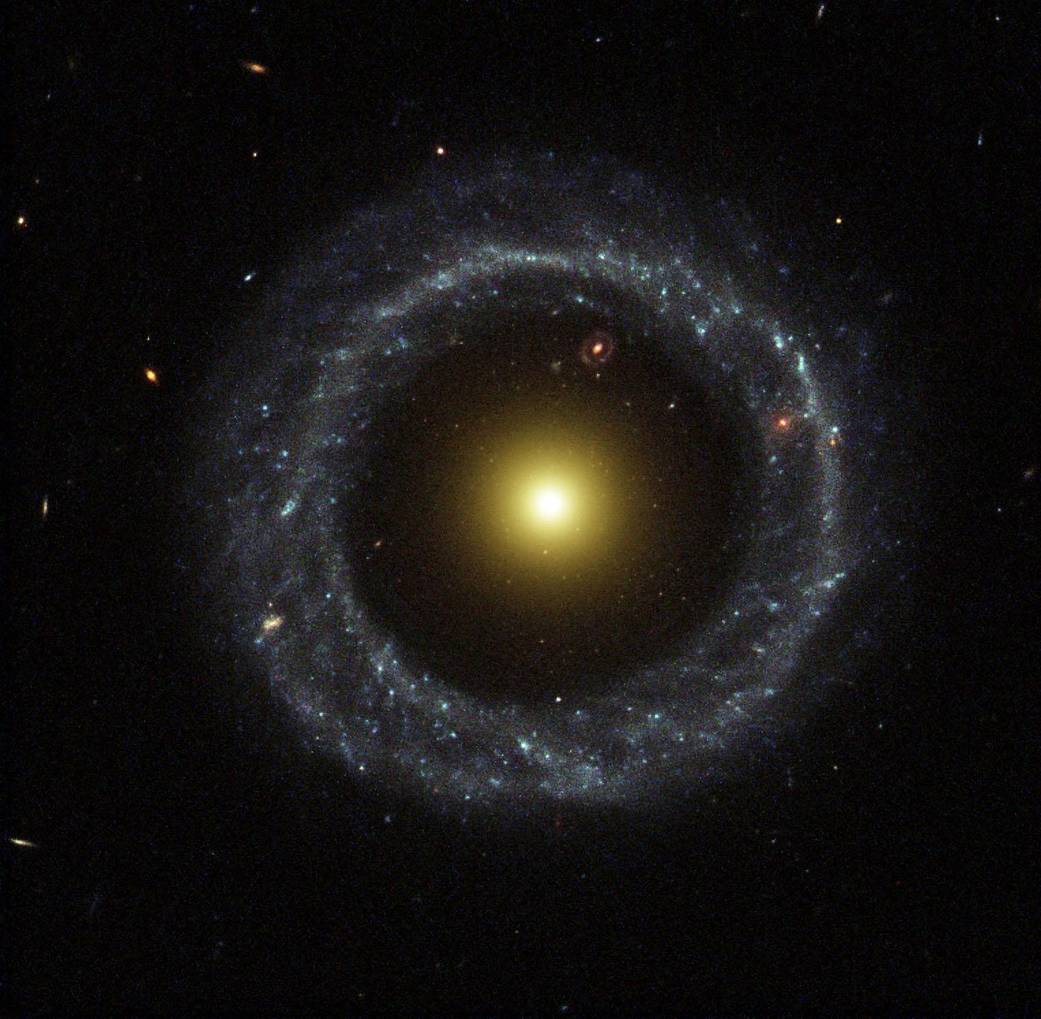
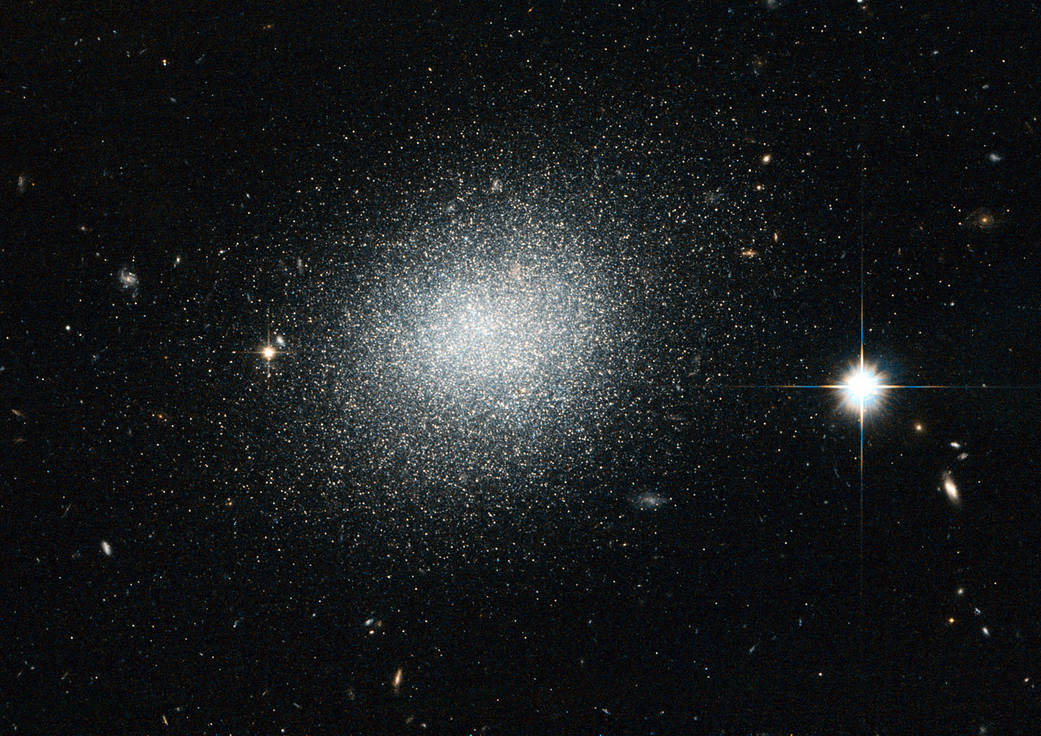
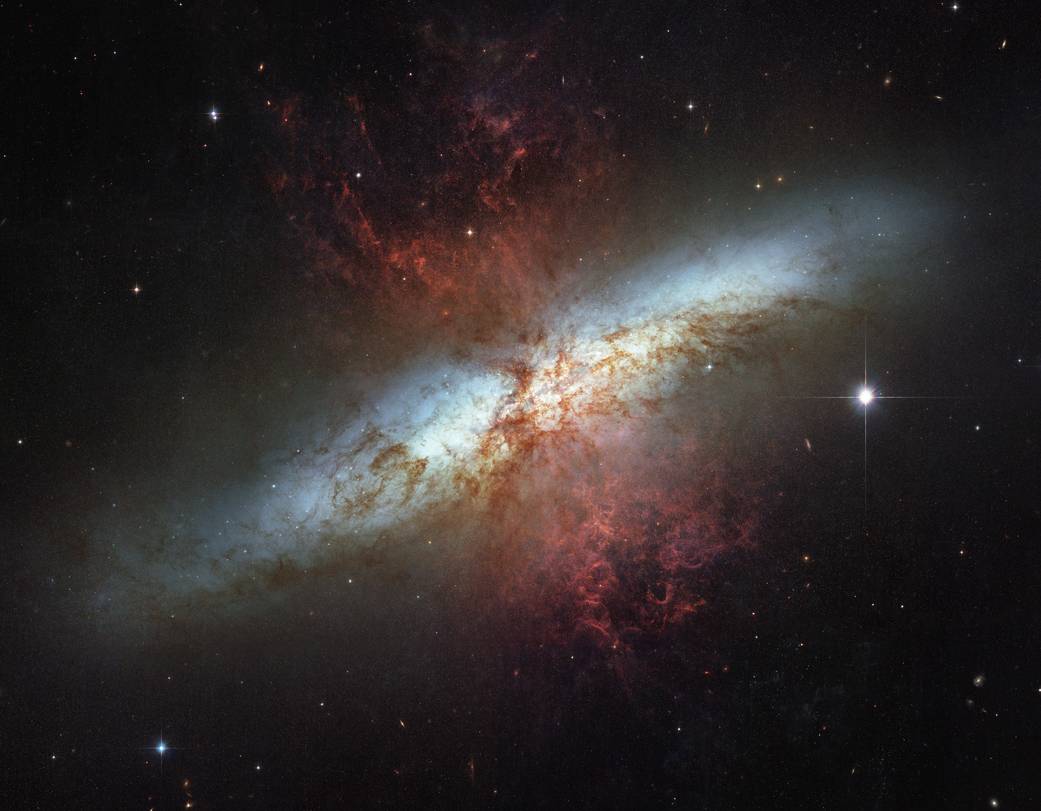
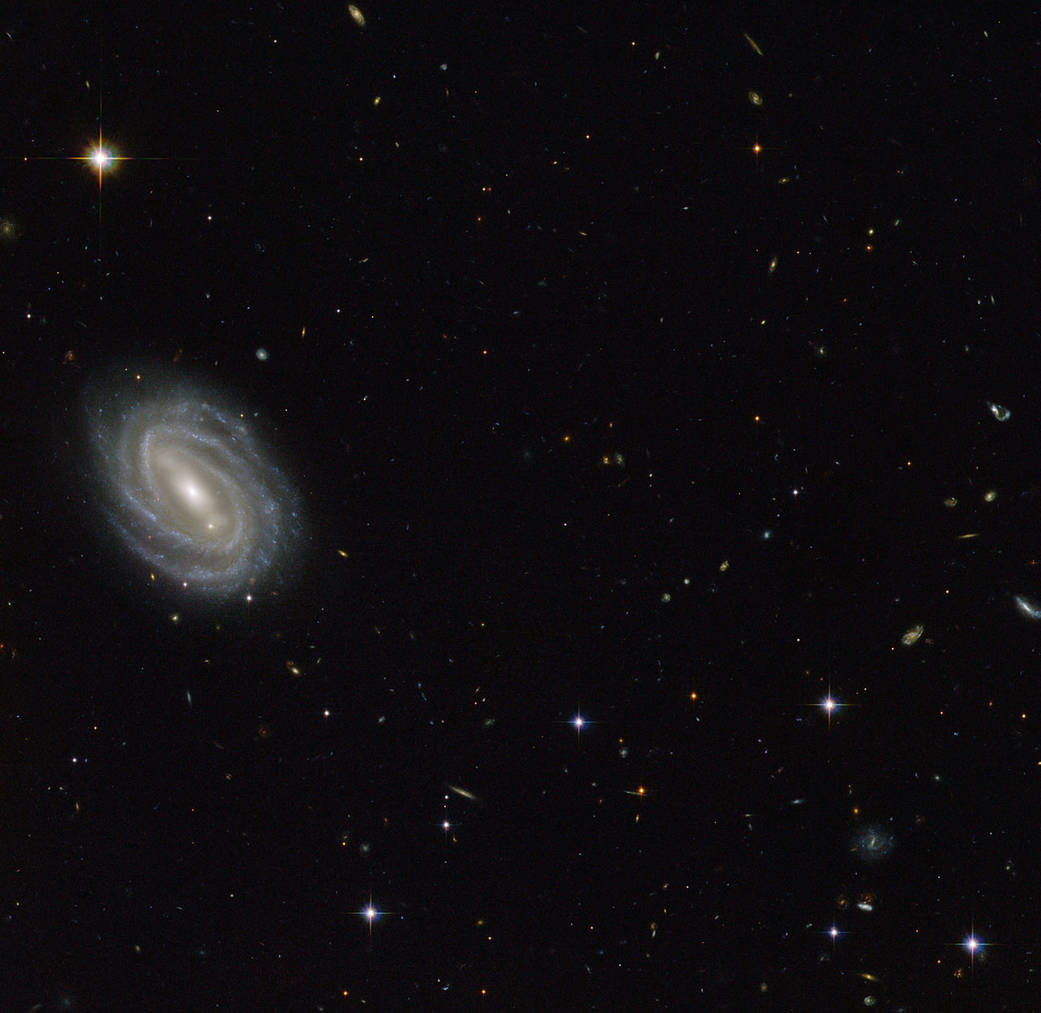
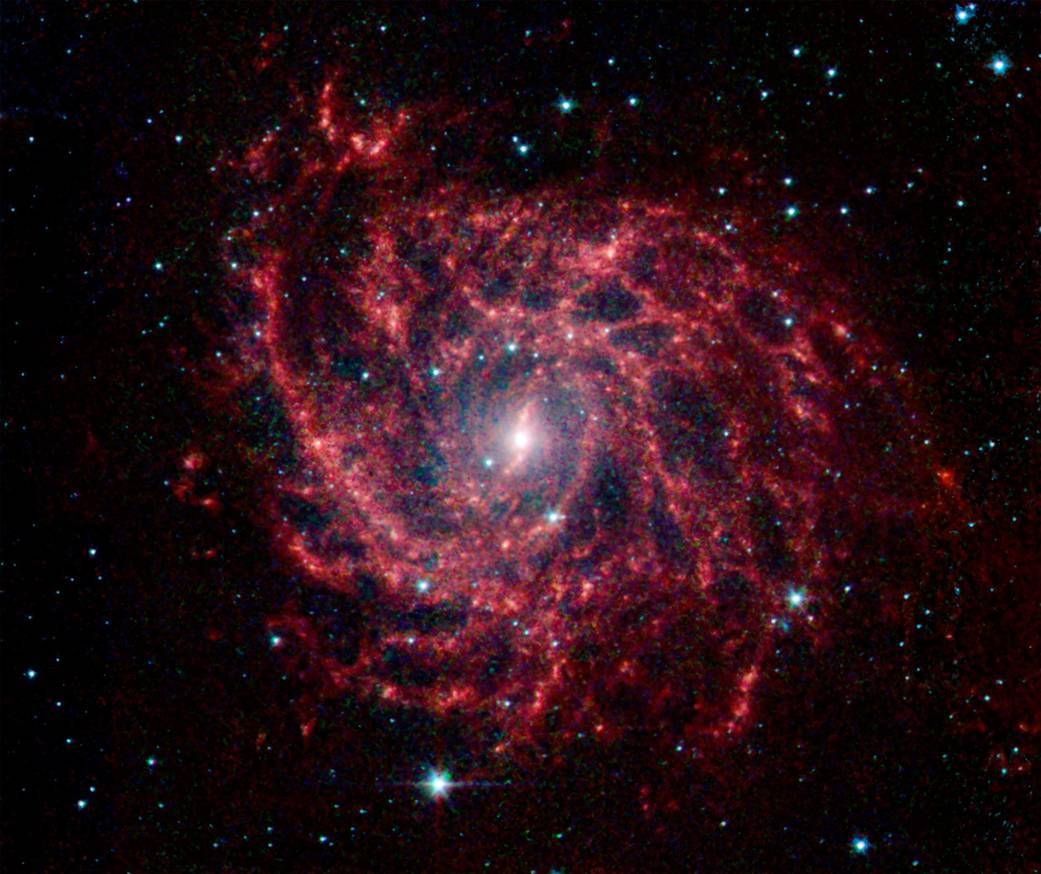
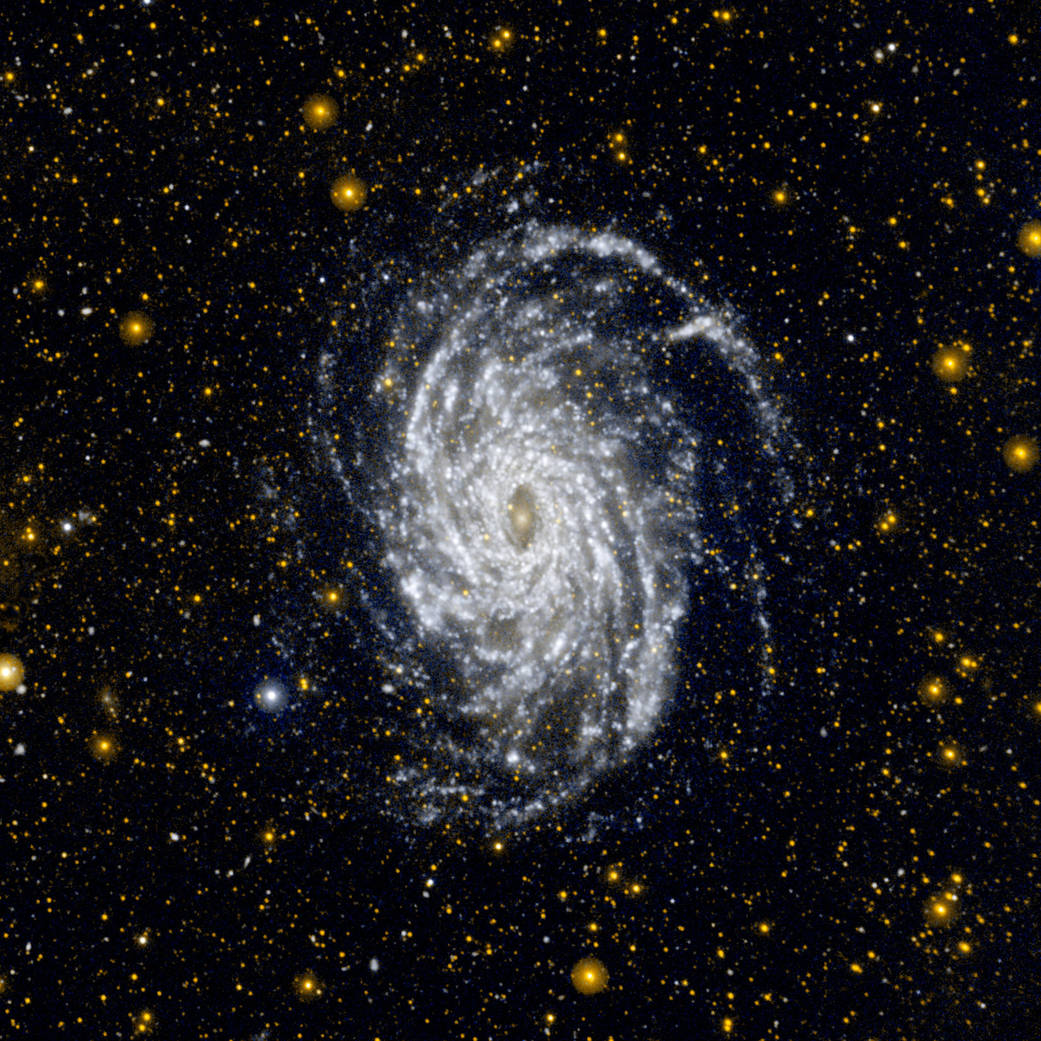
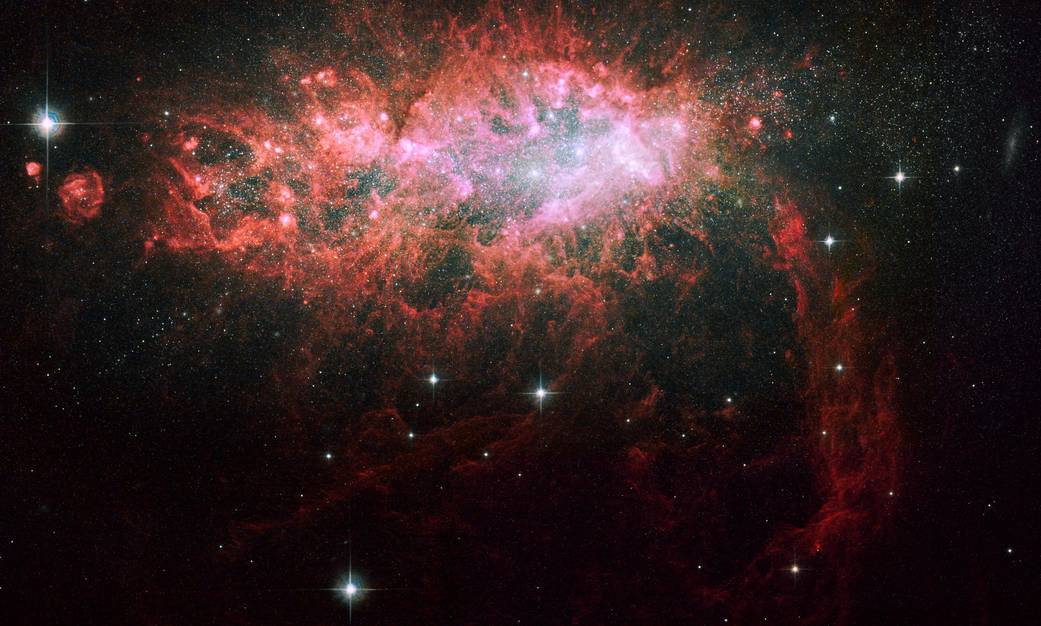
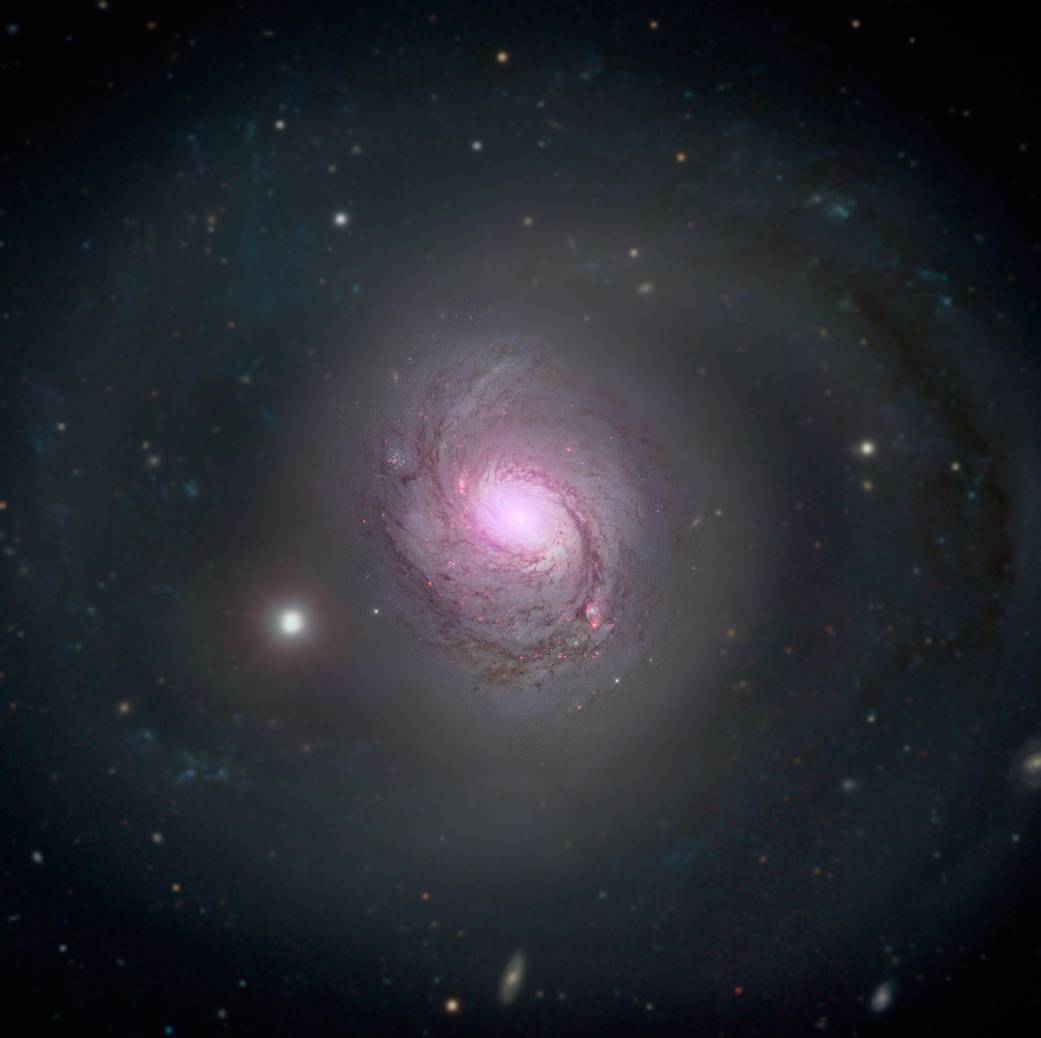
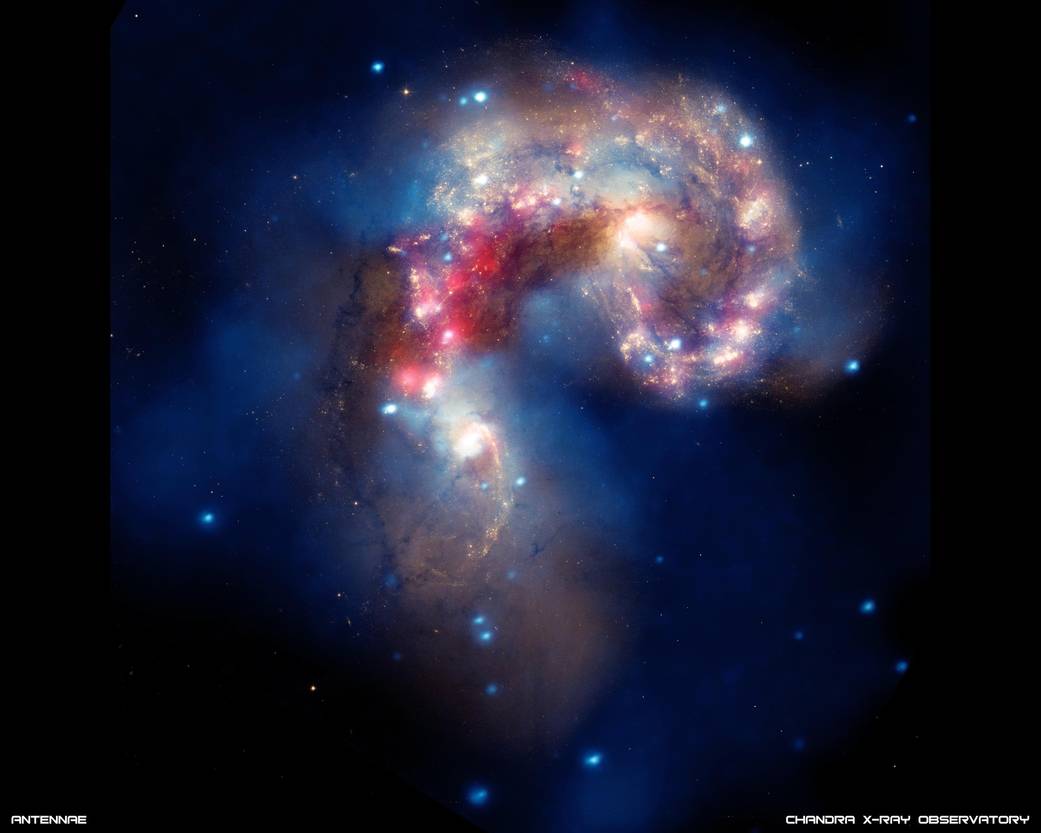
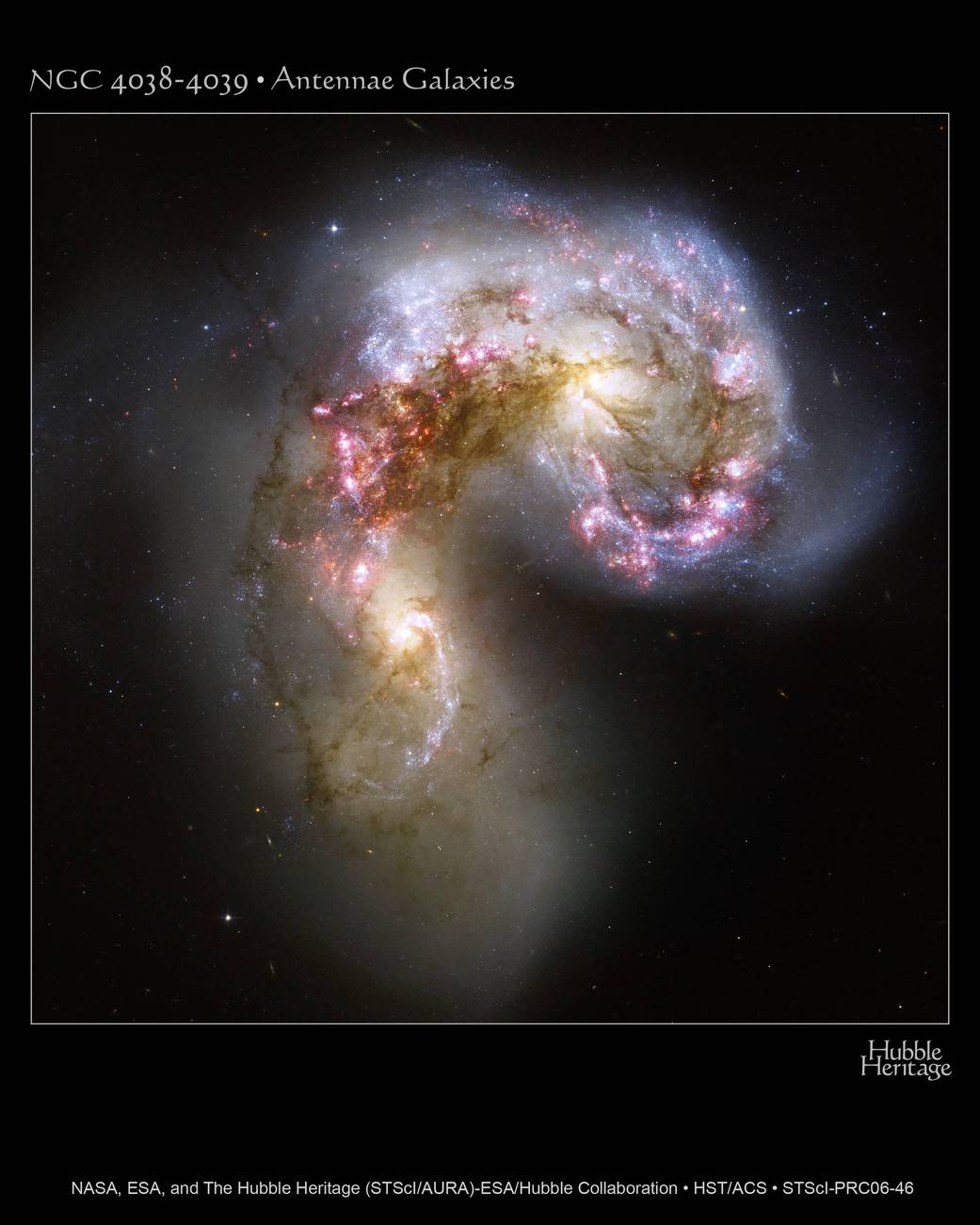
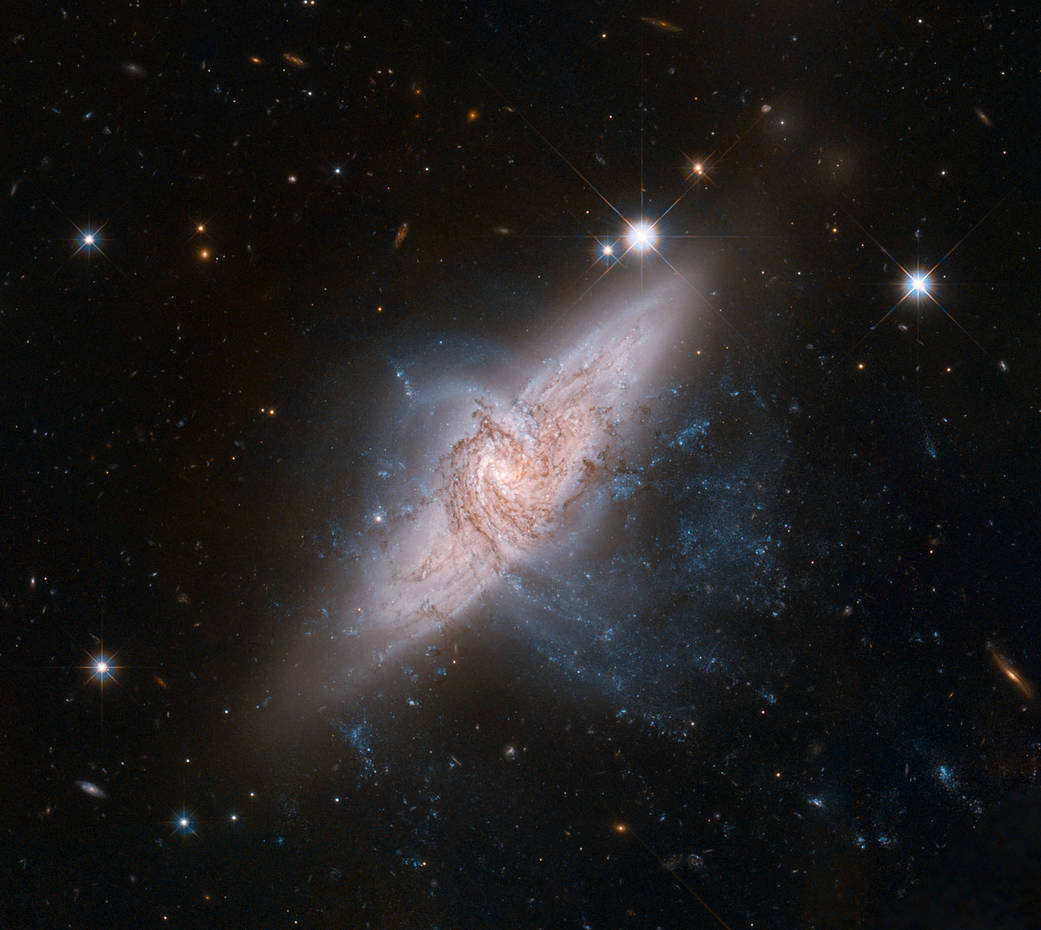

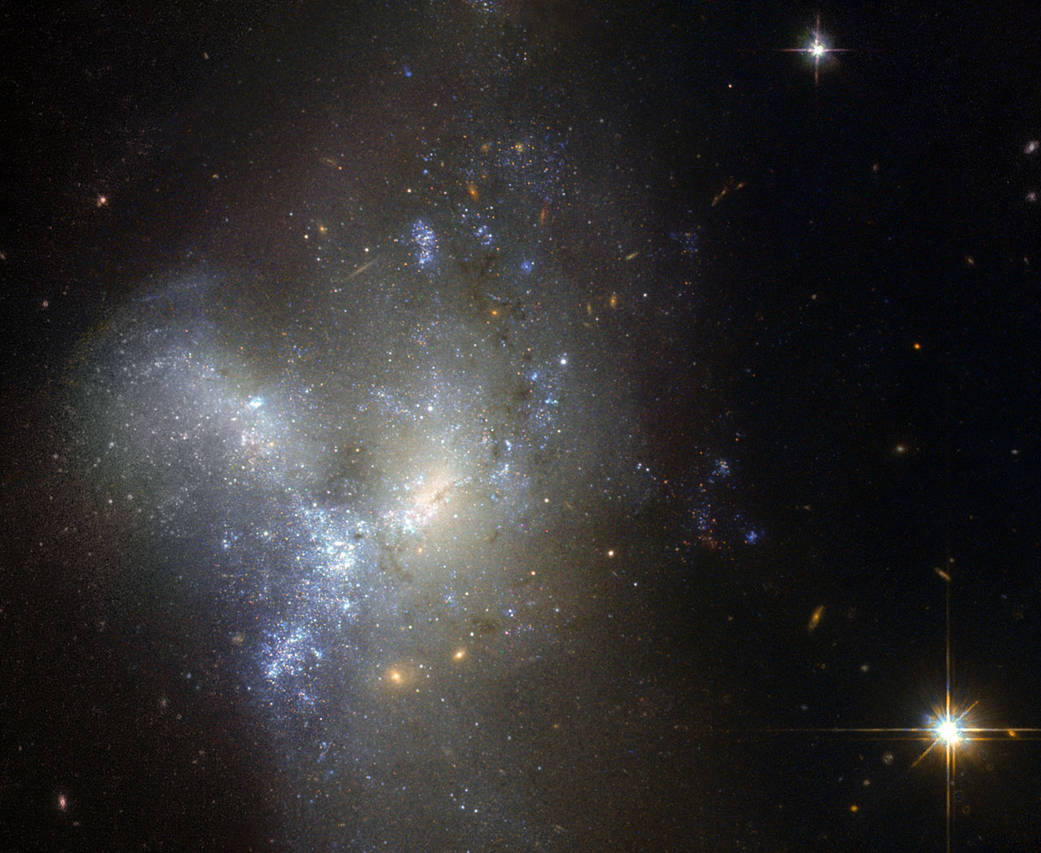
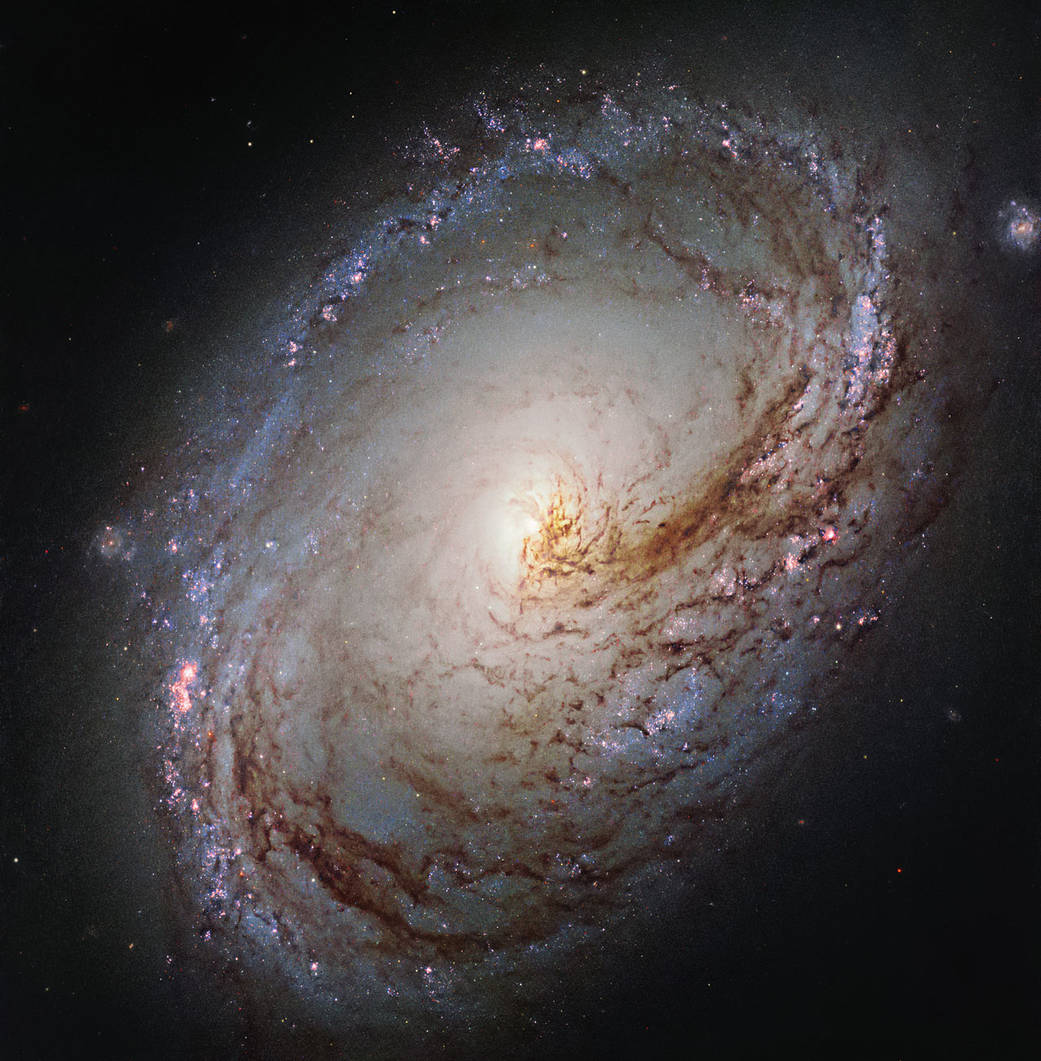
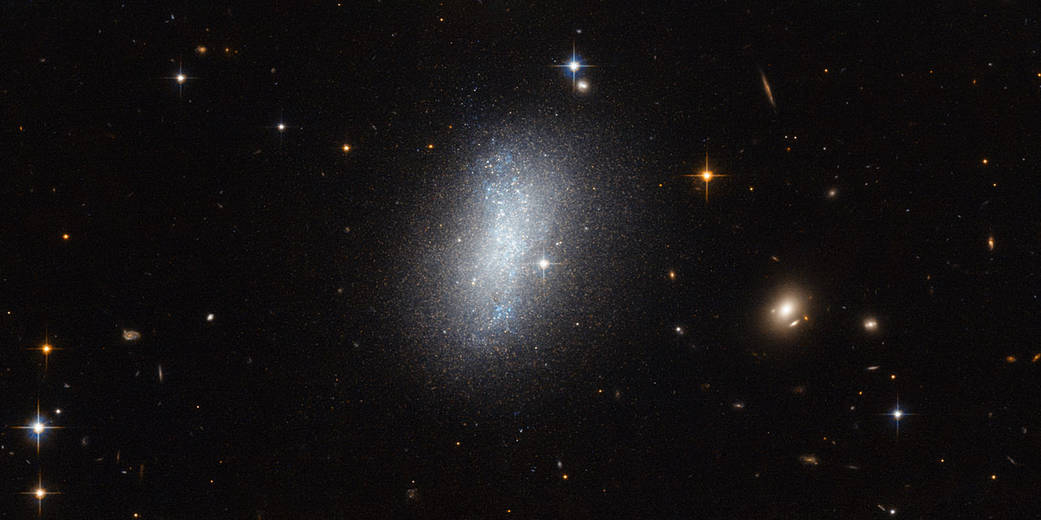
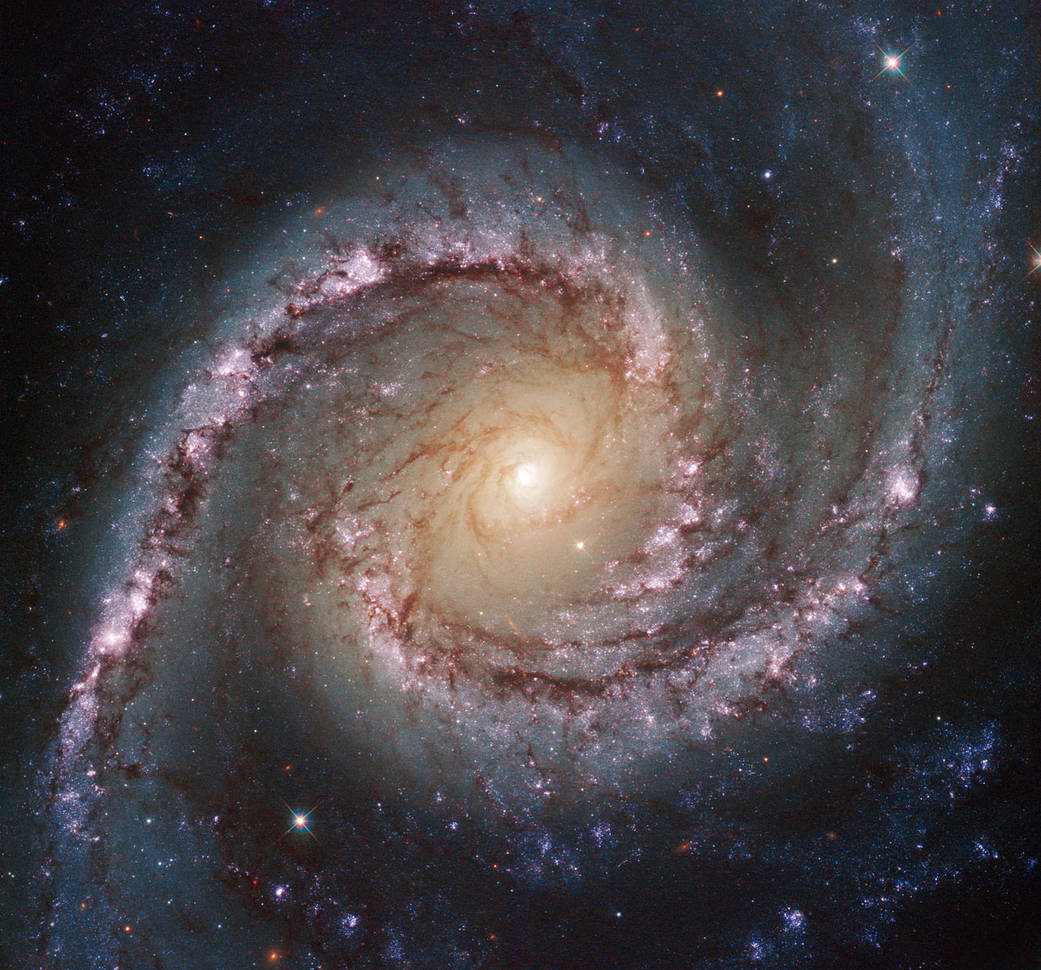
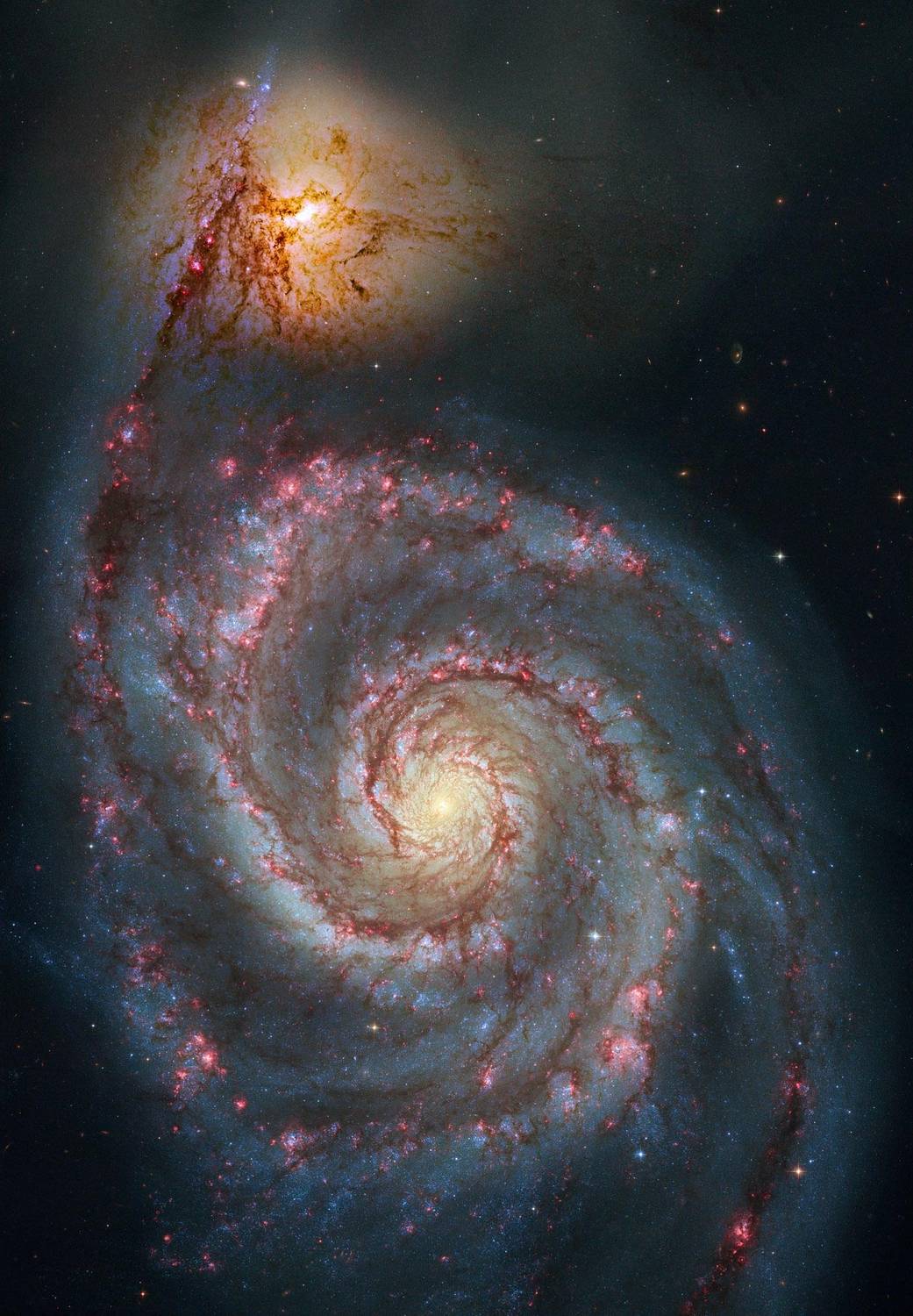
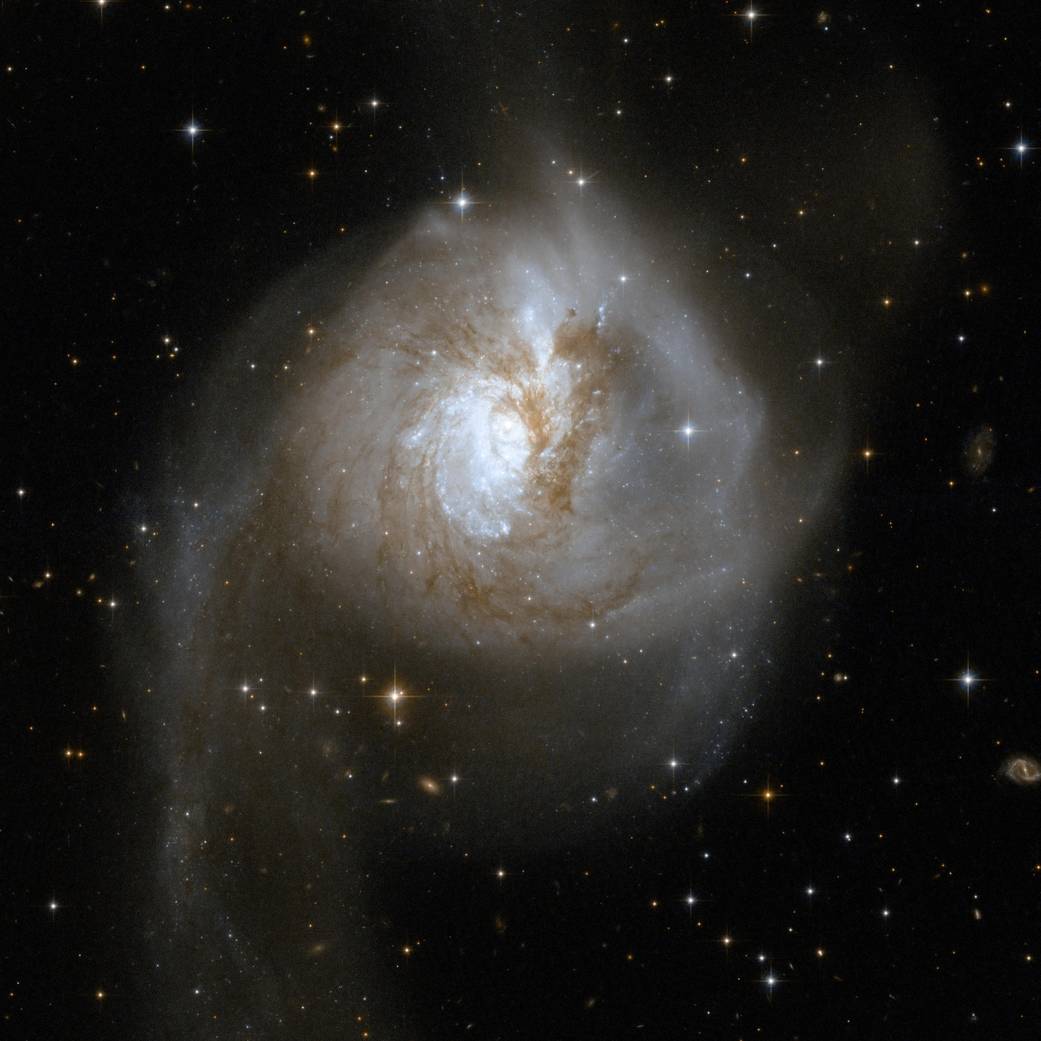
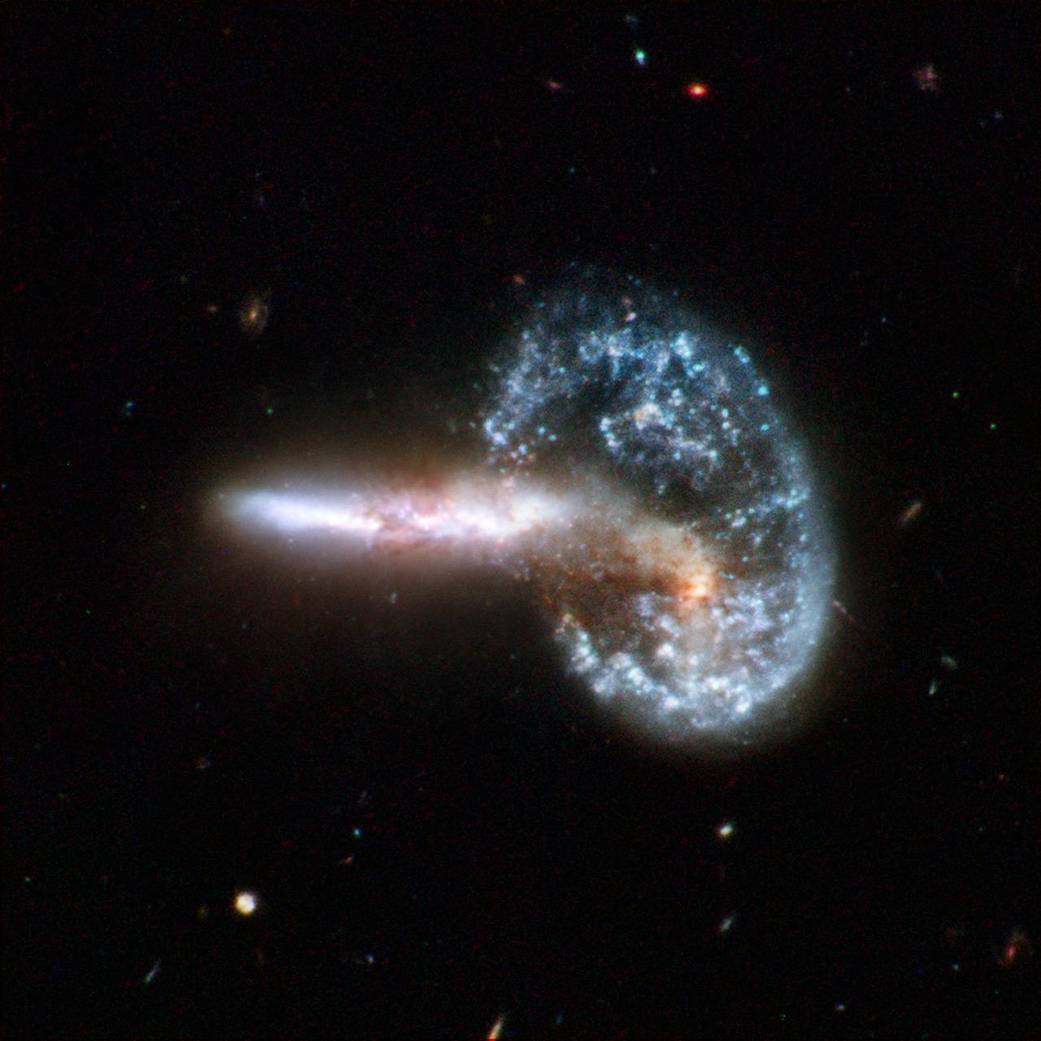
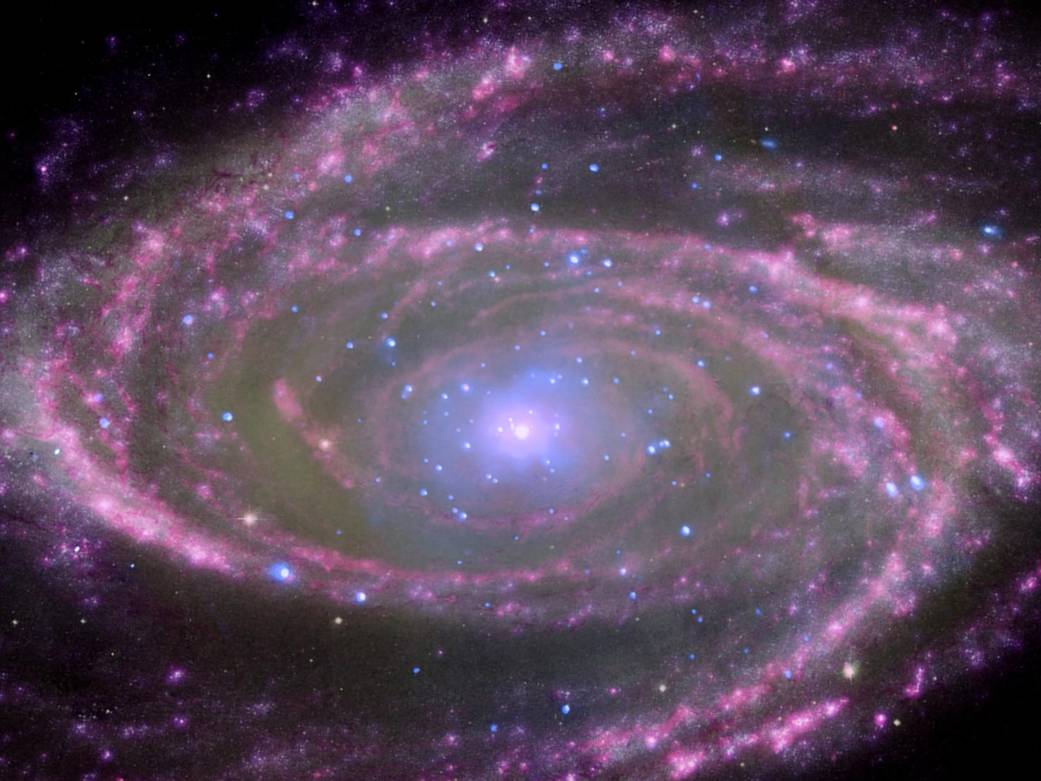
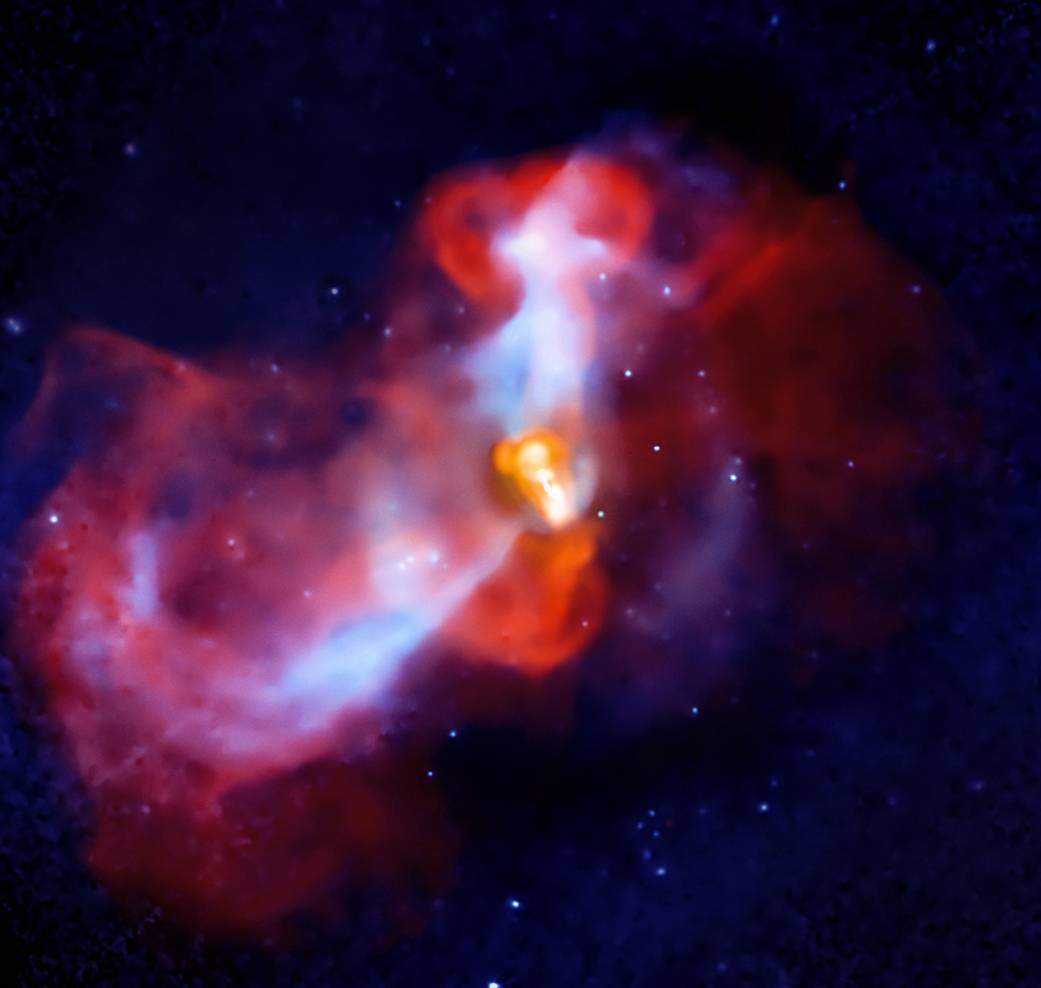
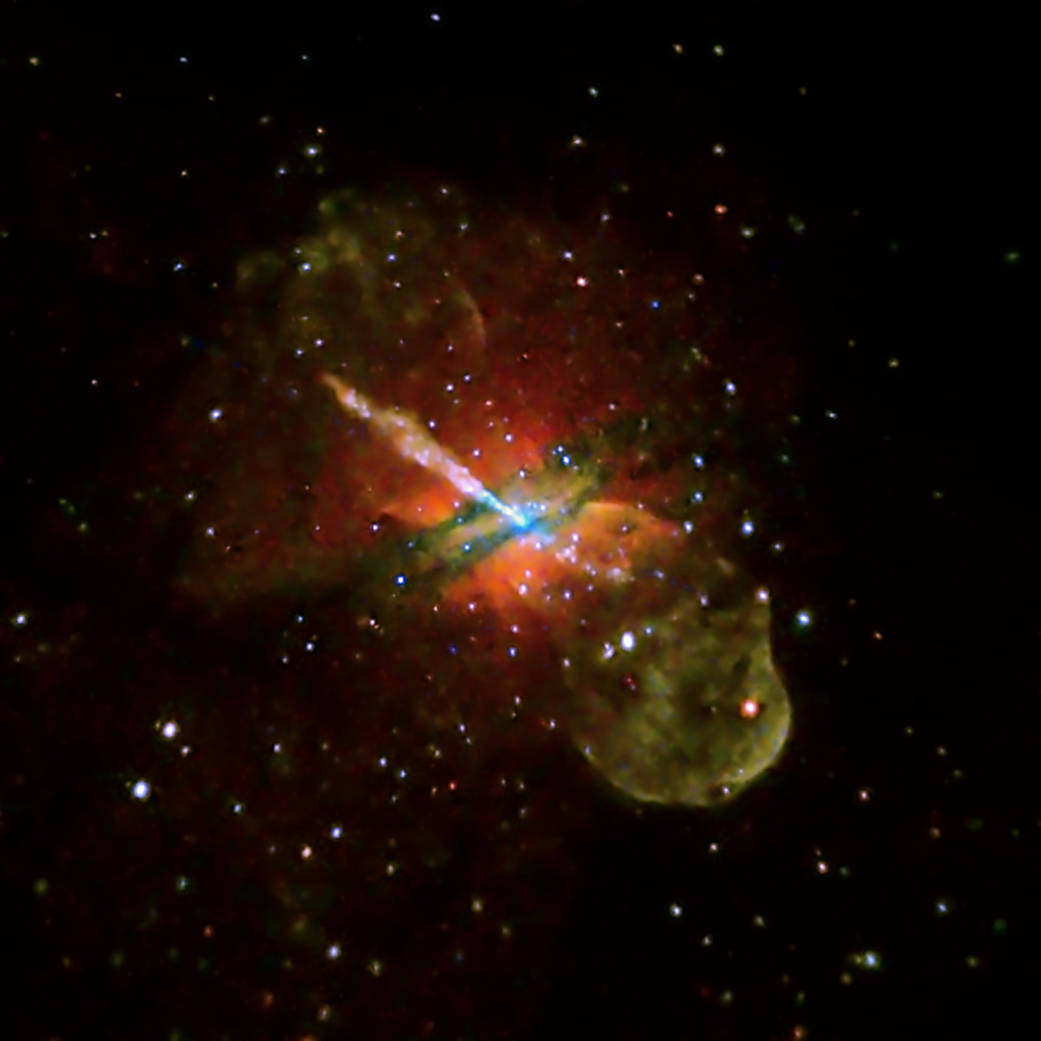

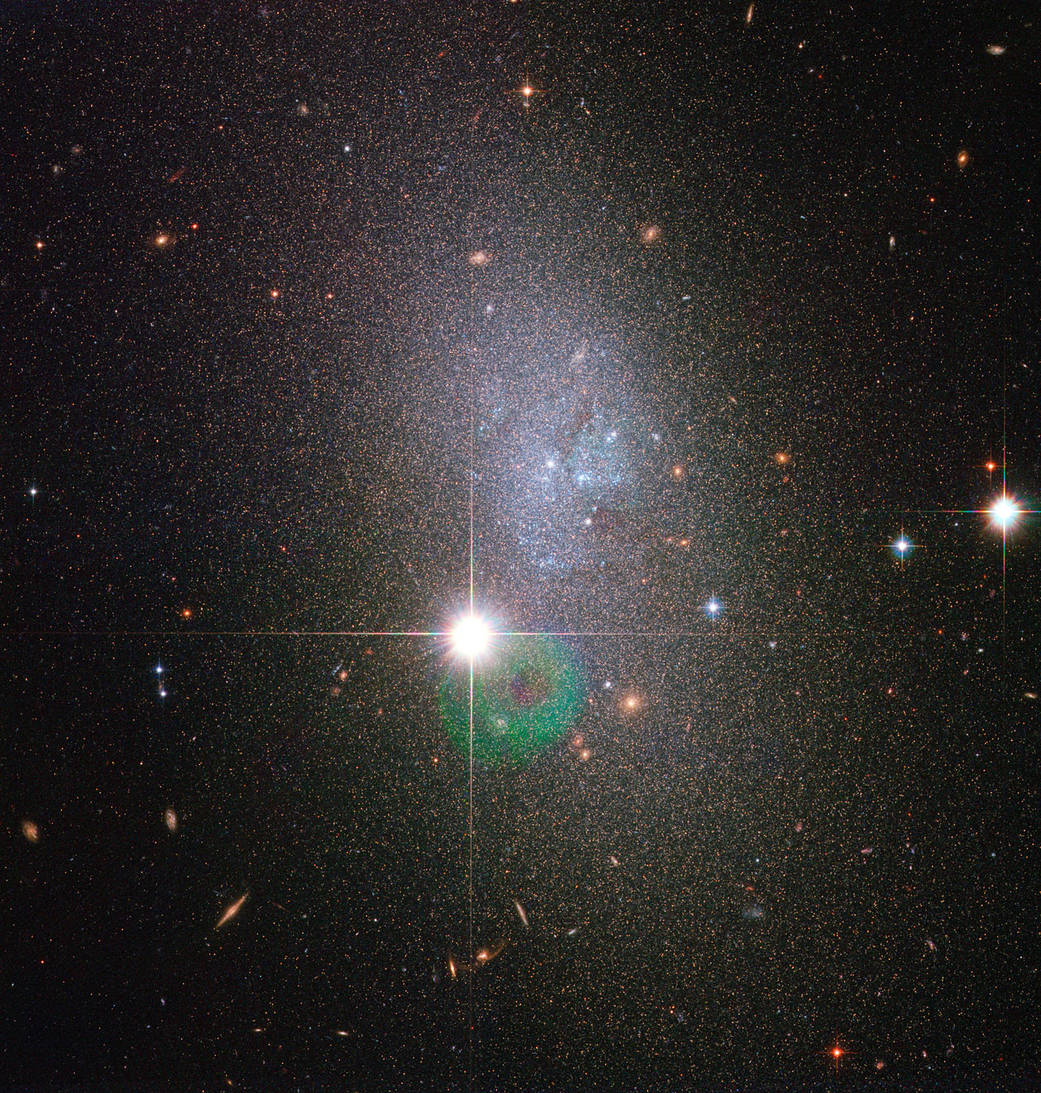
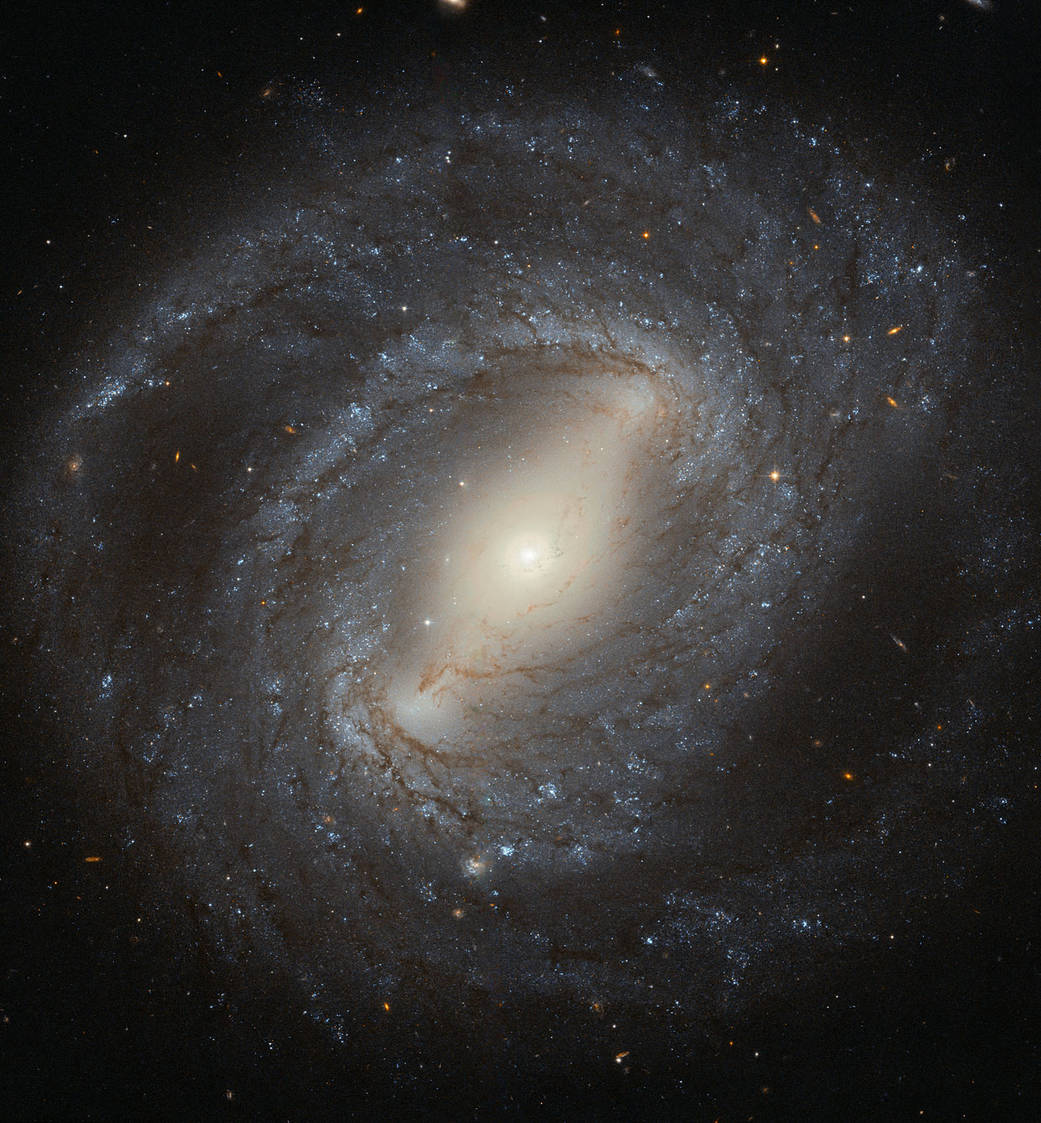
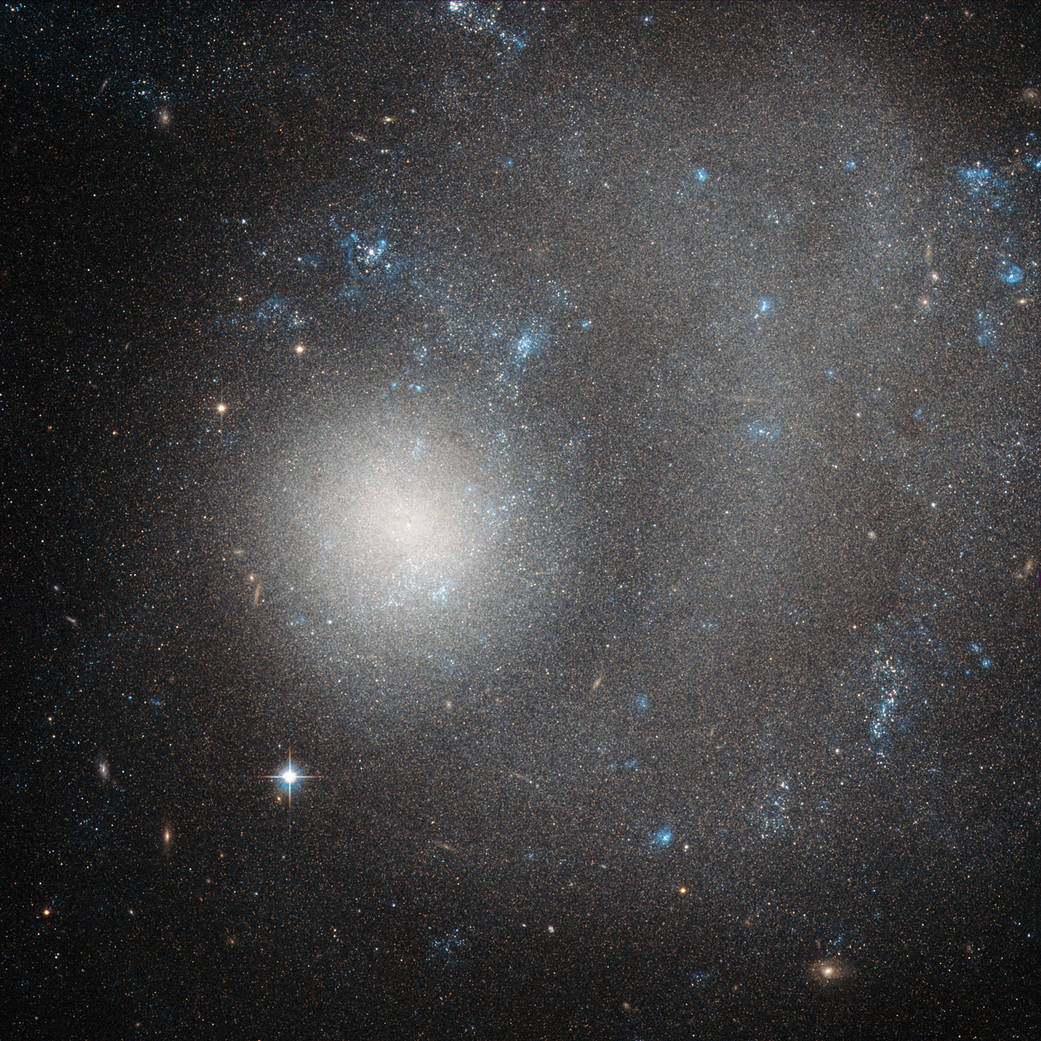
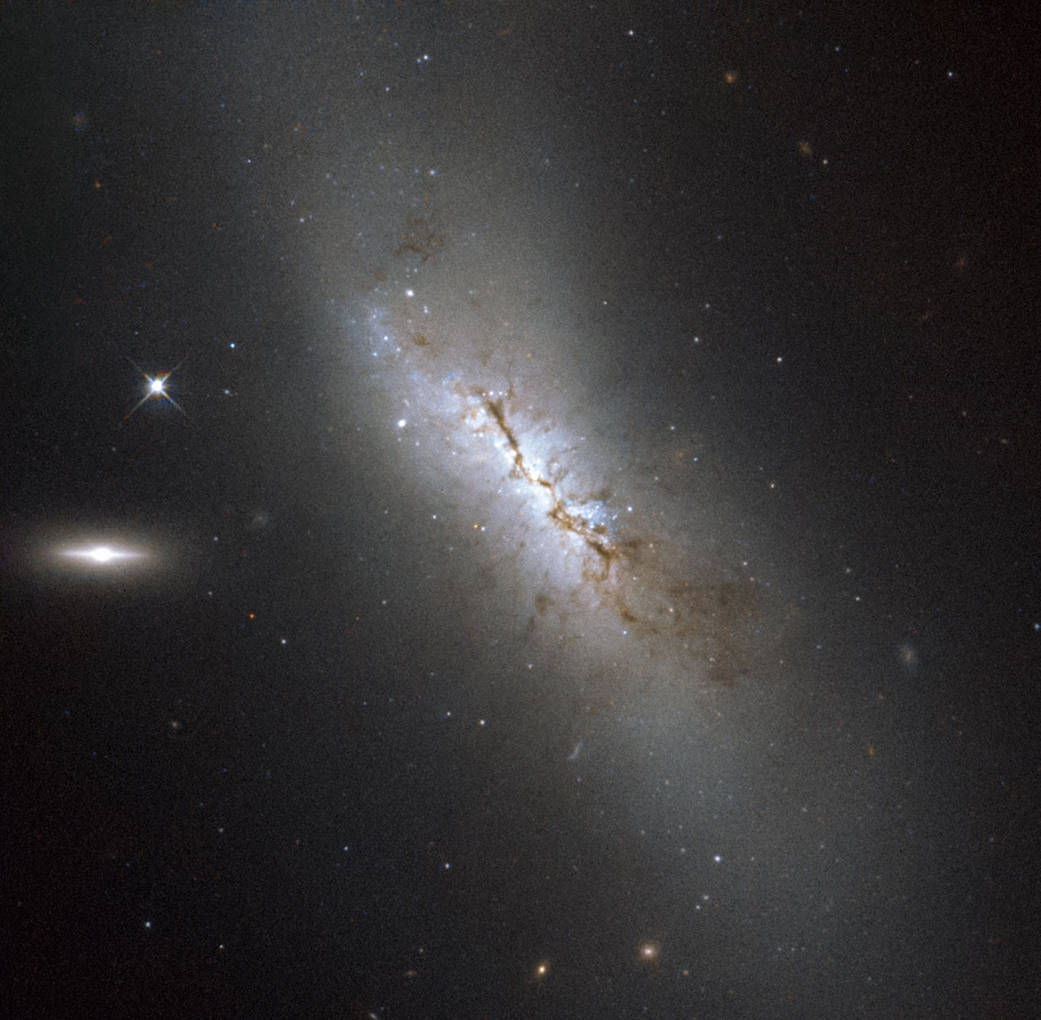

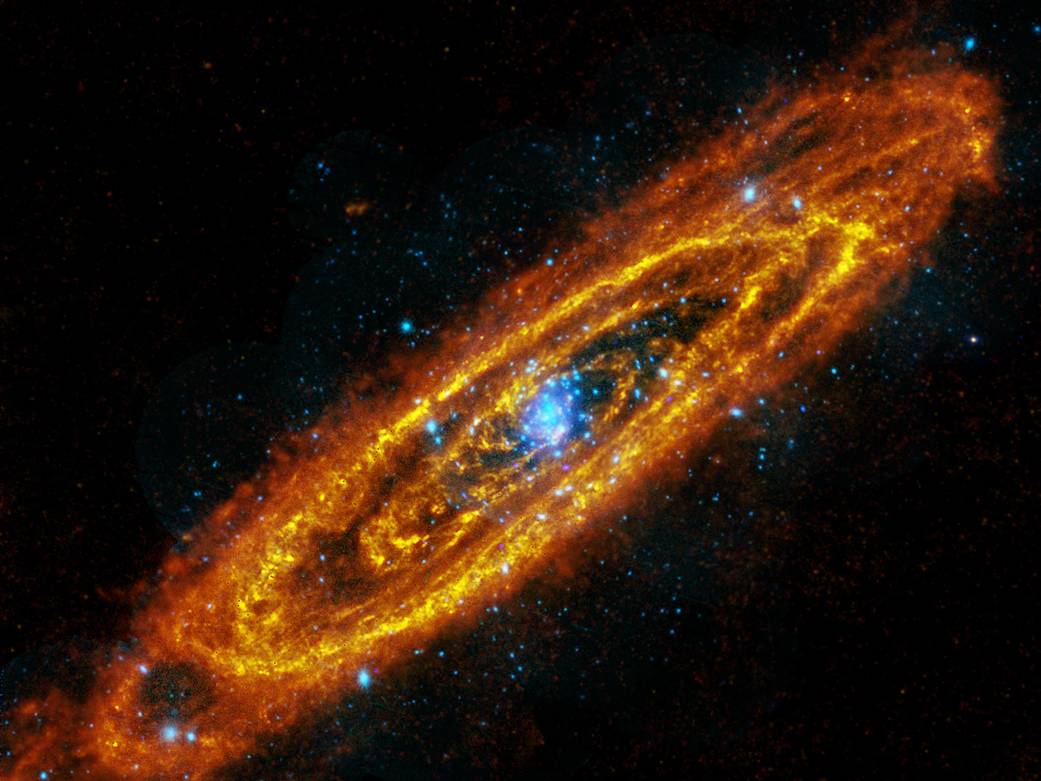
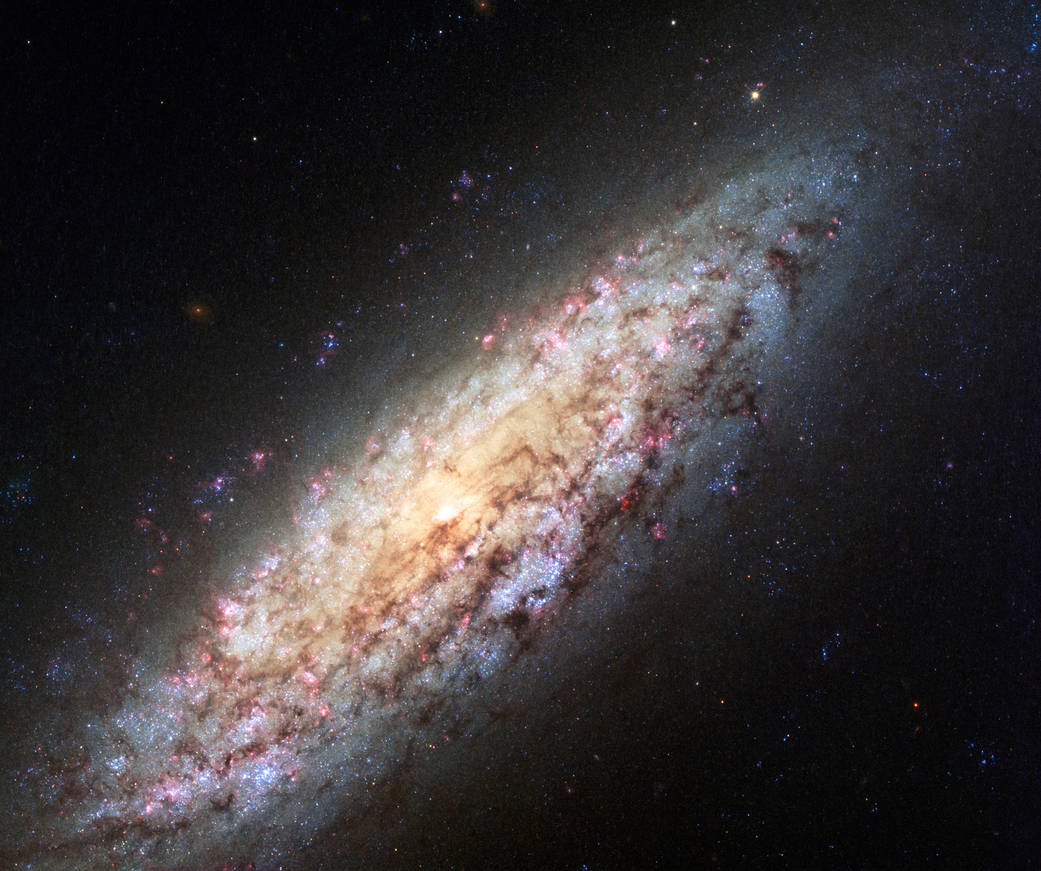
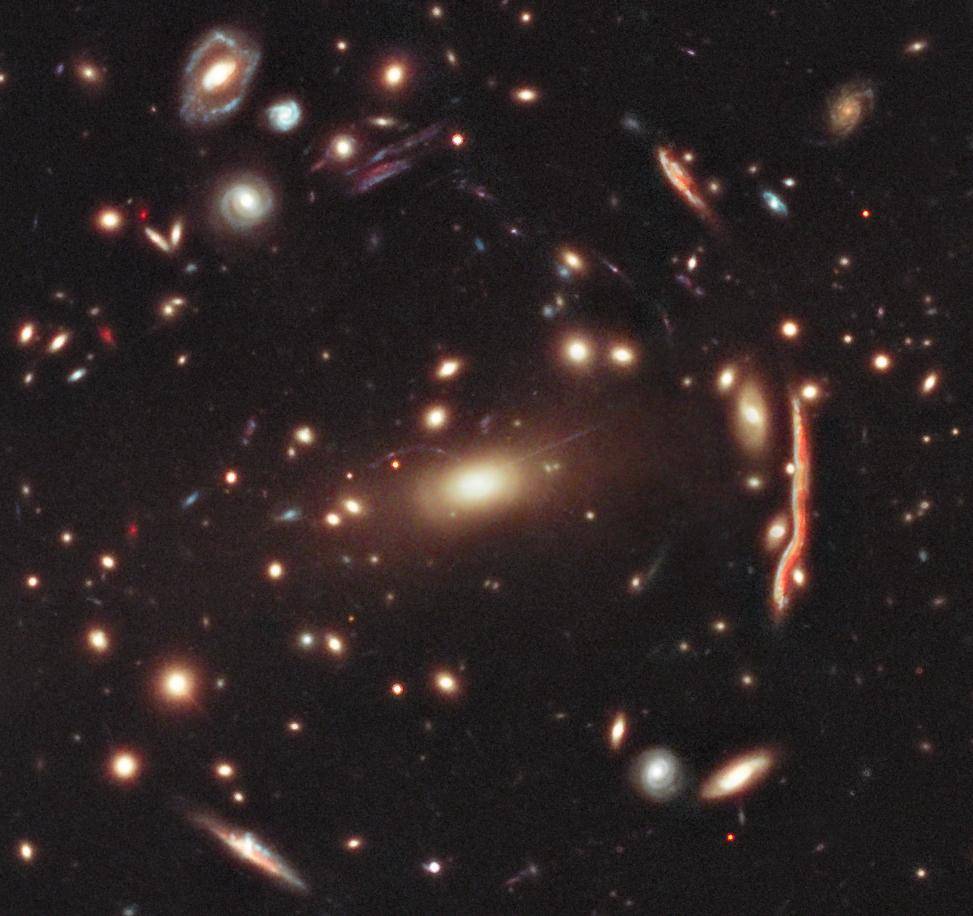
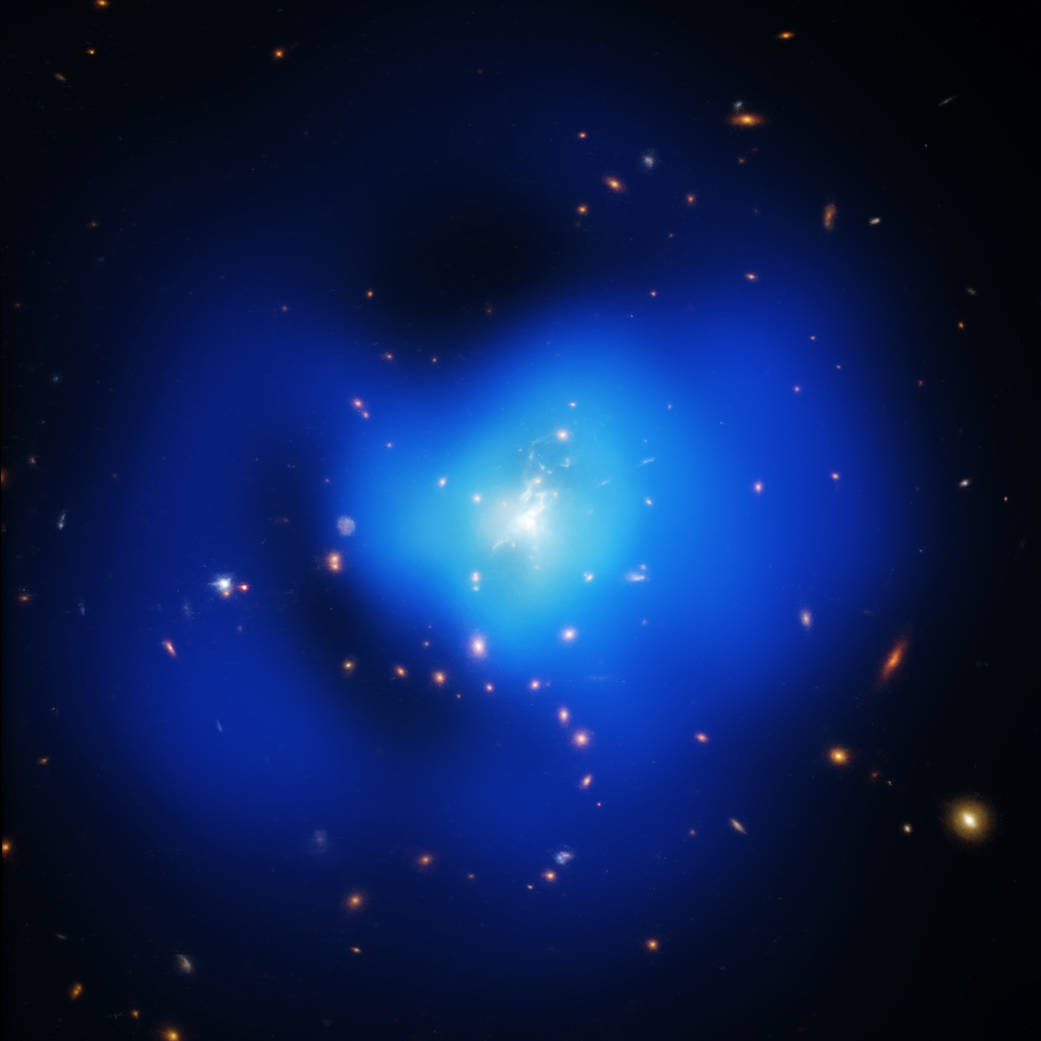
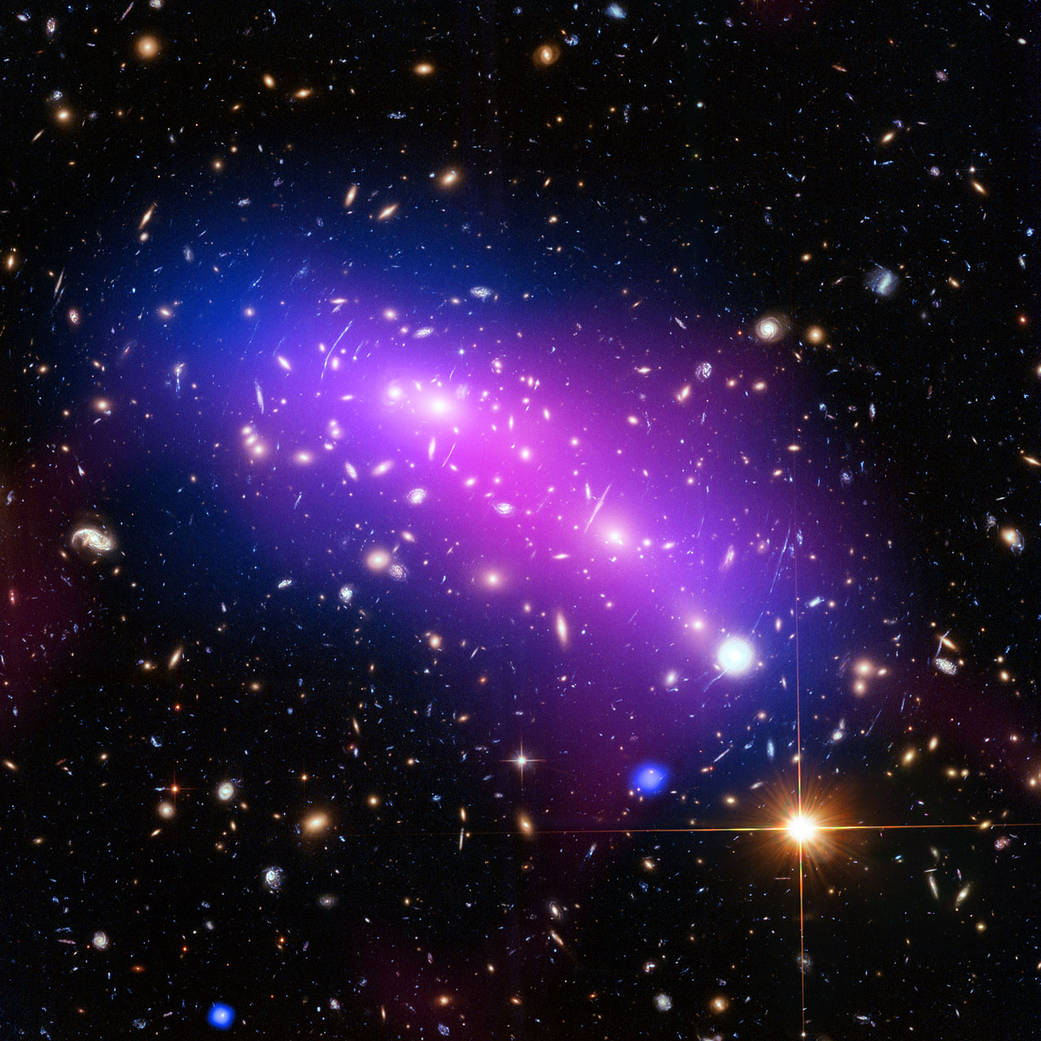
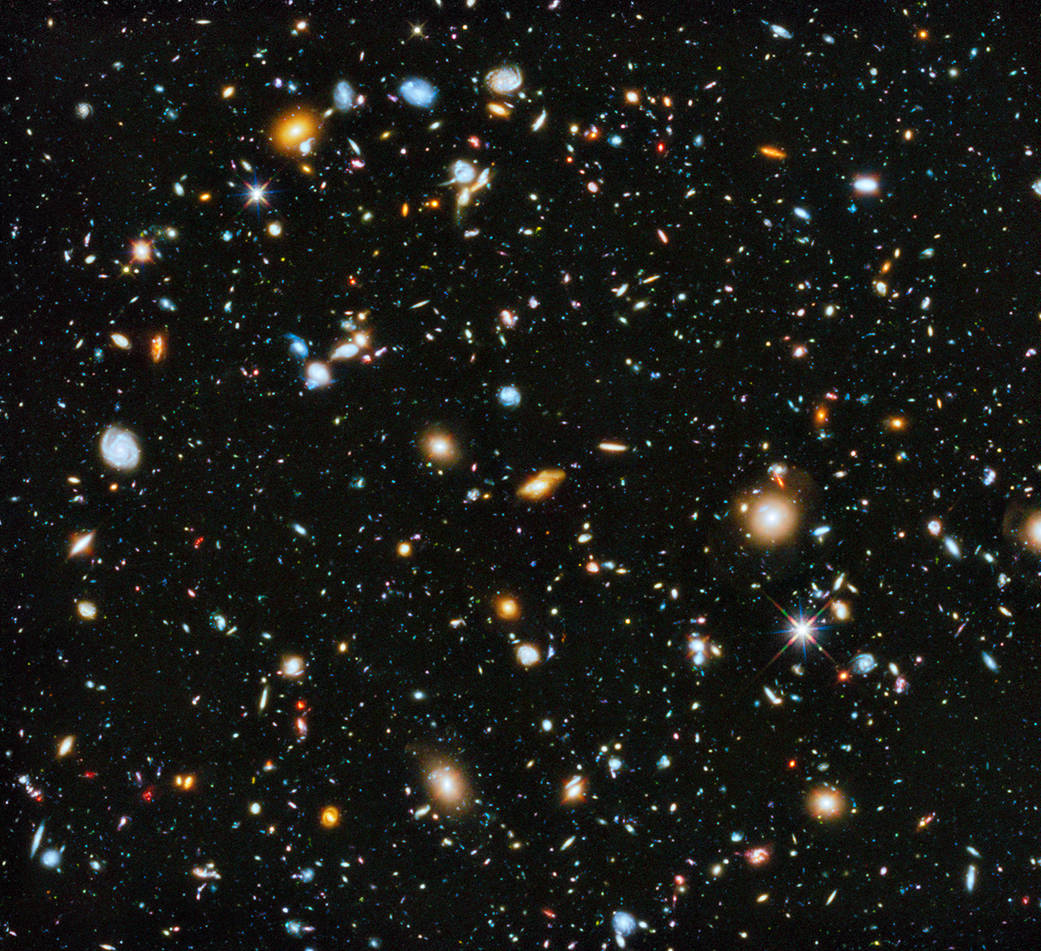
Sombrero Galaxy
Stunning Beauty
Spiral Galaxy NGC 5023
Starburst galaxy Messier 94
Isolated DDO 190
Spiral NGC 4921
A mysterious hermit
A type II Seyfert Galaxy
The Seyfert Galaxy NGC 1097
Glowing heart
A Galactic Sunflower
Combined Data
Ring Galaxy
Spilled Salt?
Starburst Galaxy
Spiral in Serpens
Spider's Web
Milky Way's Sibling
Star Factory
X-ray Heart
Combined Views
Brilliant Dance
NGC 3314
Galactic Collision
The peculiar NGC 1487
Messier 96
Meeting the neighbours
NGC 1566
Spiral Galaxy
Galactic Collision
Arp 148
M81 Supermassive Blackhole
M87 from Chandra
Galactic Supermassive Blackhole
Large Magellanic Cloud
DDO 82, also known as UGC 5692
Hubble spies NGC 4394
NGC 5474
A galactic cloak for an exploding star
Andromeda Galaxy (M31)
Colour Coded
NGC 6503
Gravitational Lensing
Cluster of Galaxies
Colliding Clusters
Hubble Ultra Deep View


















































